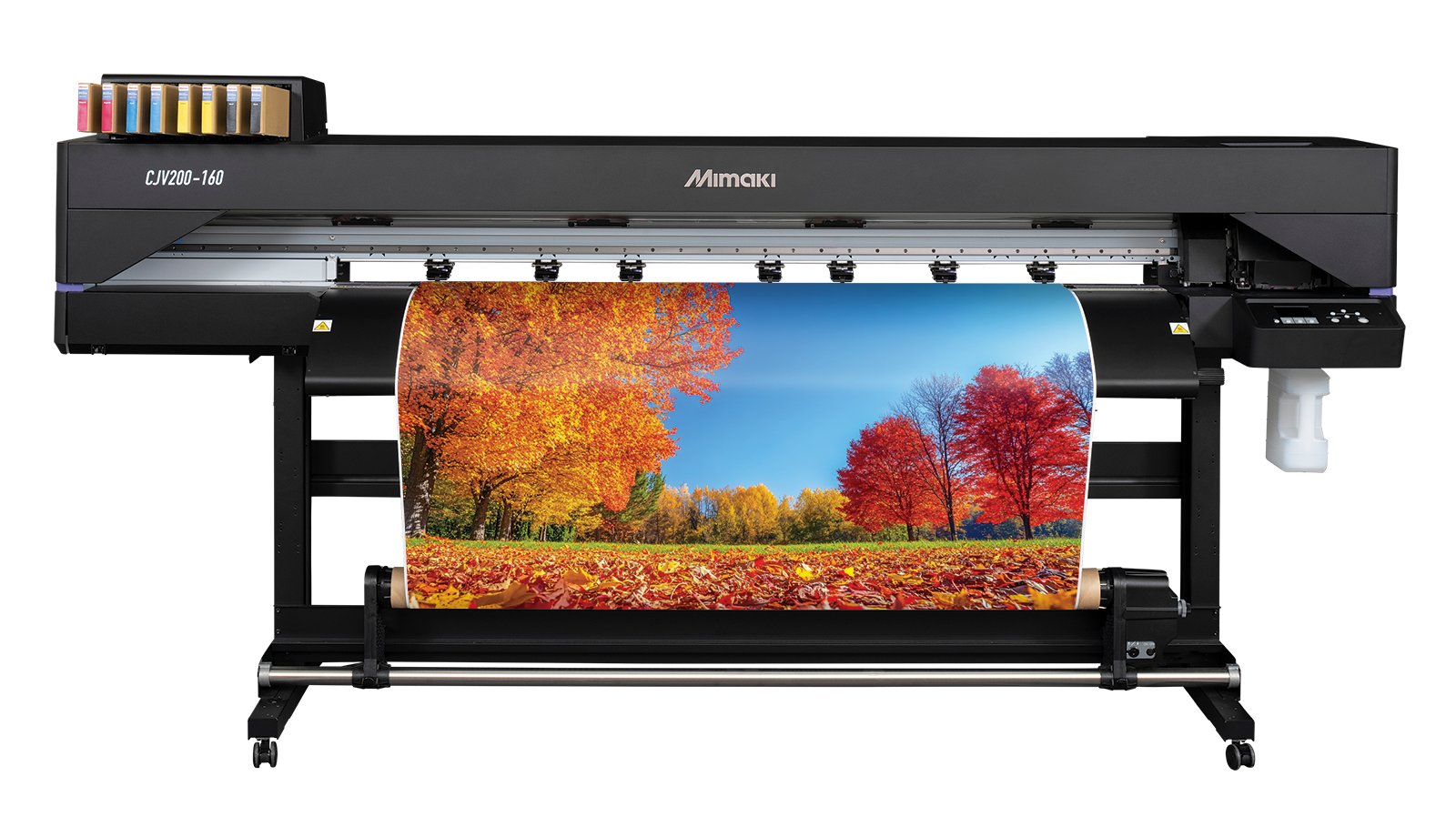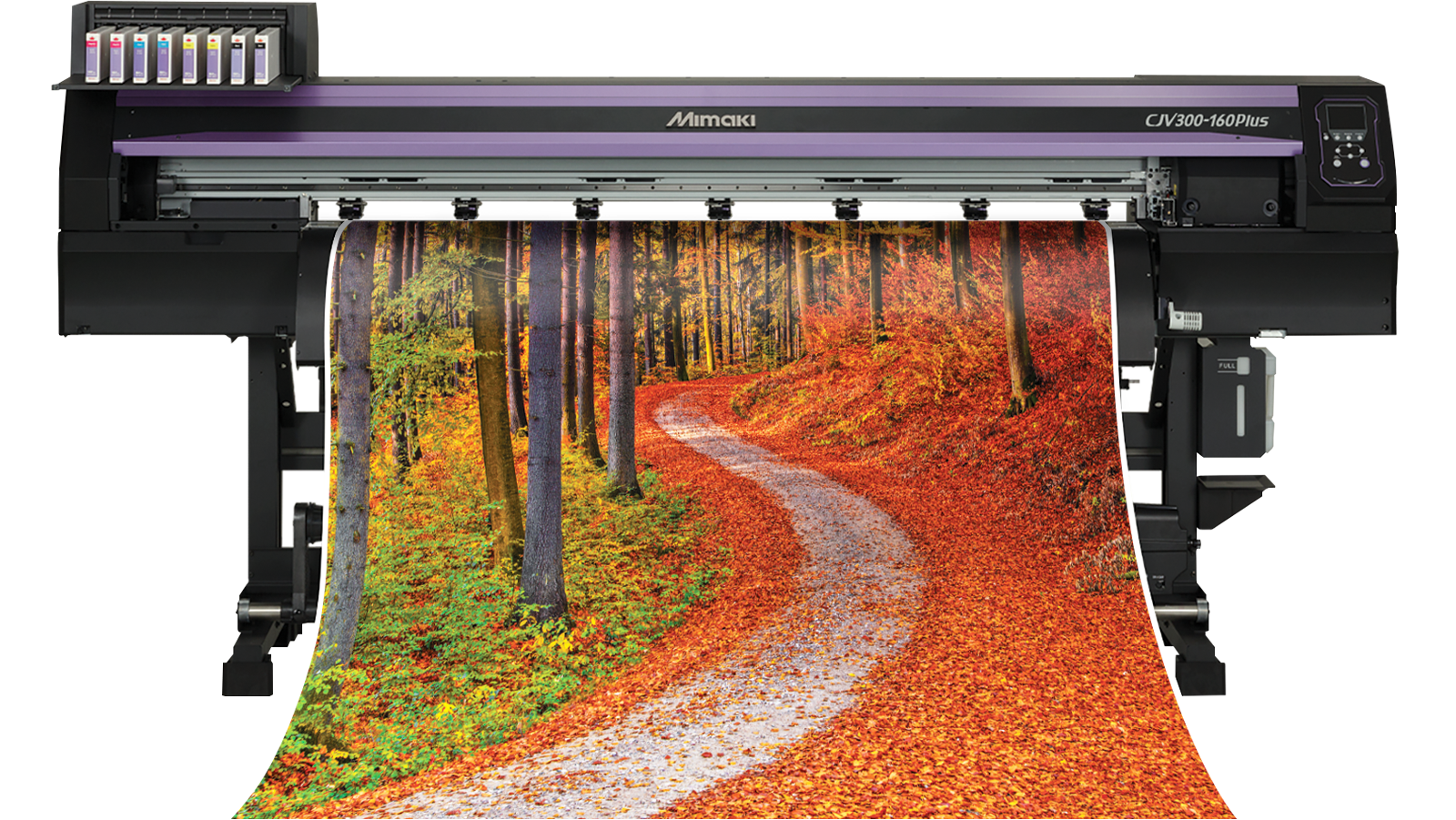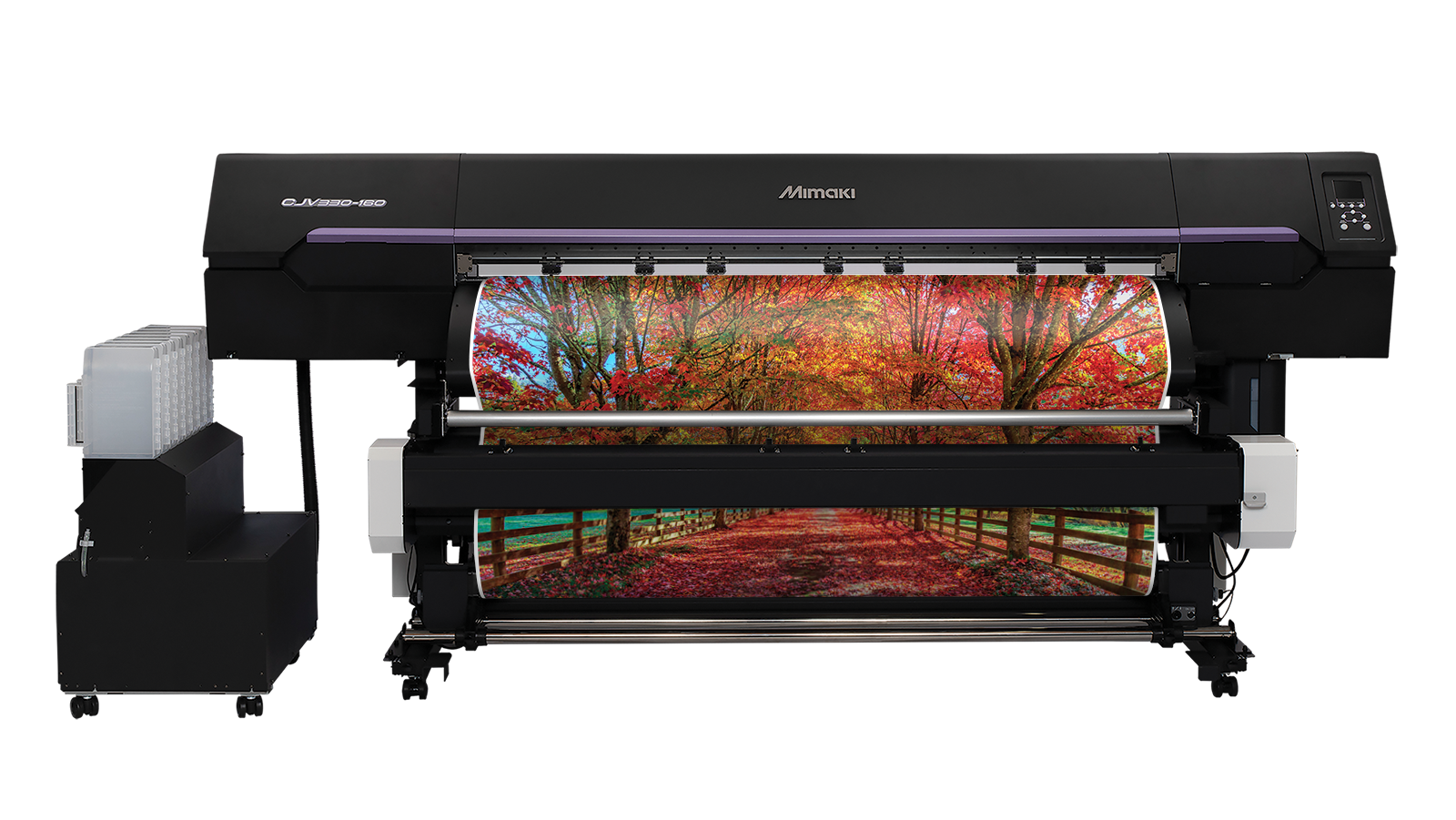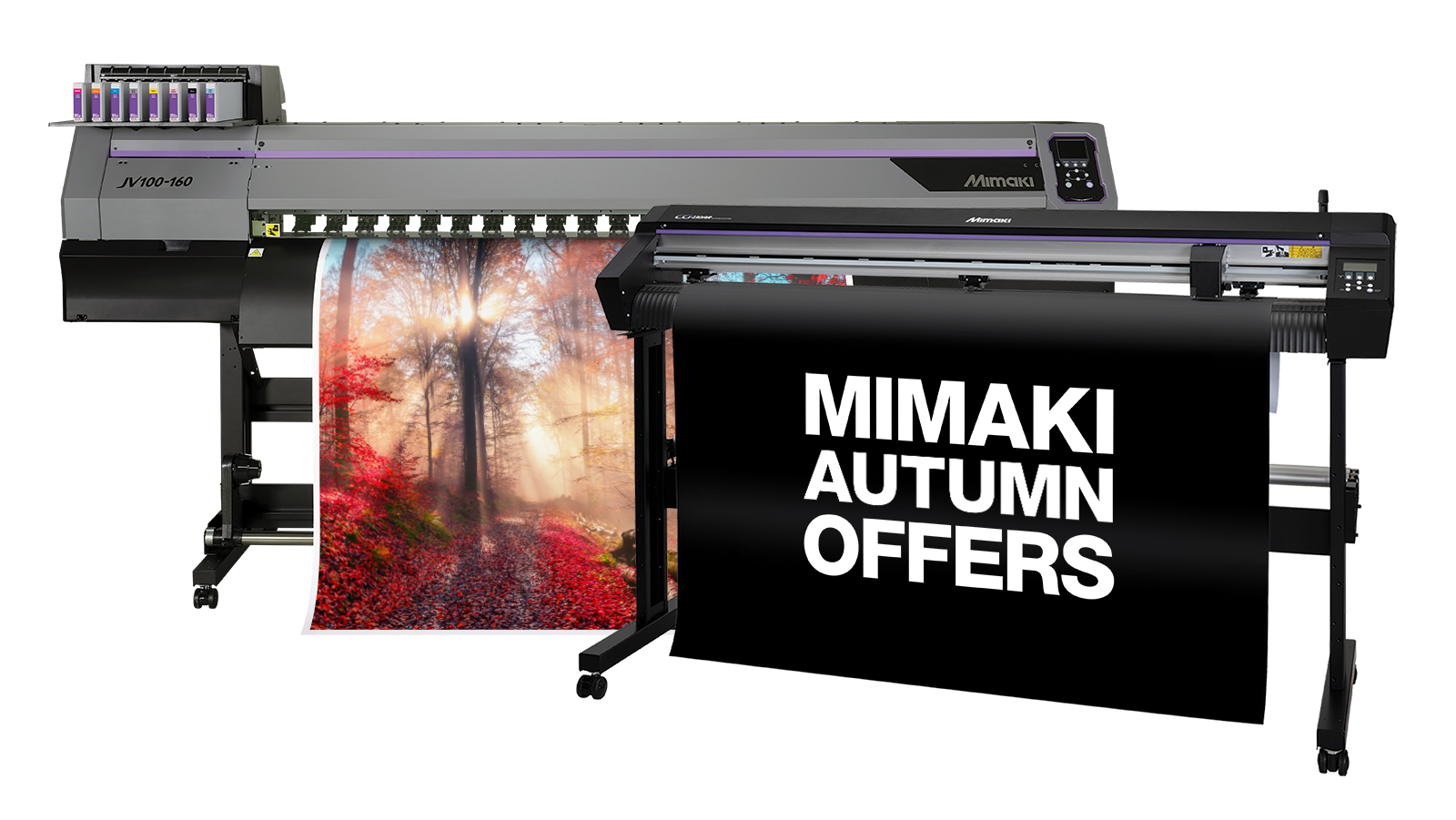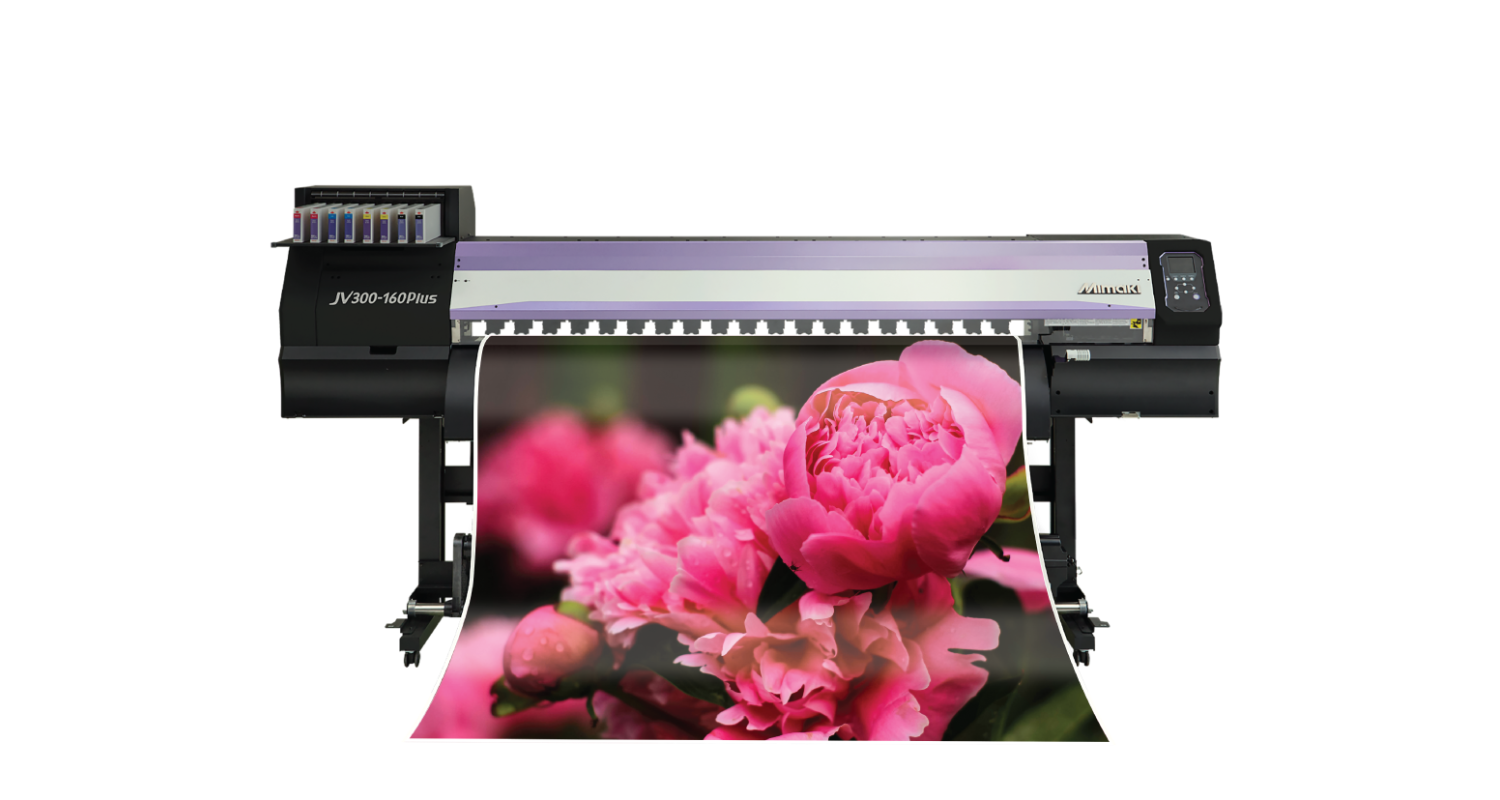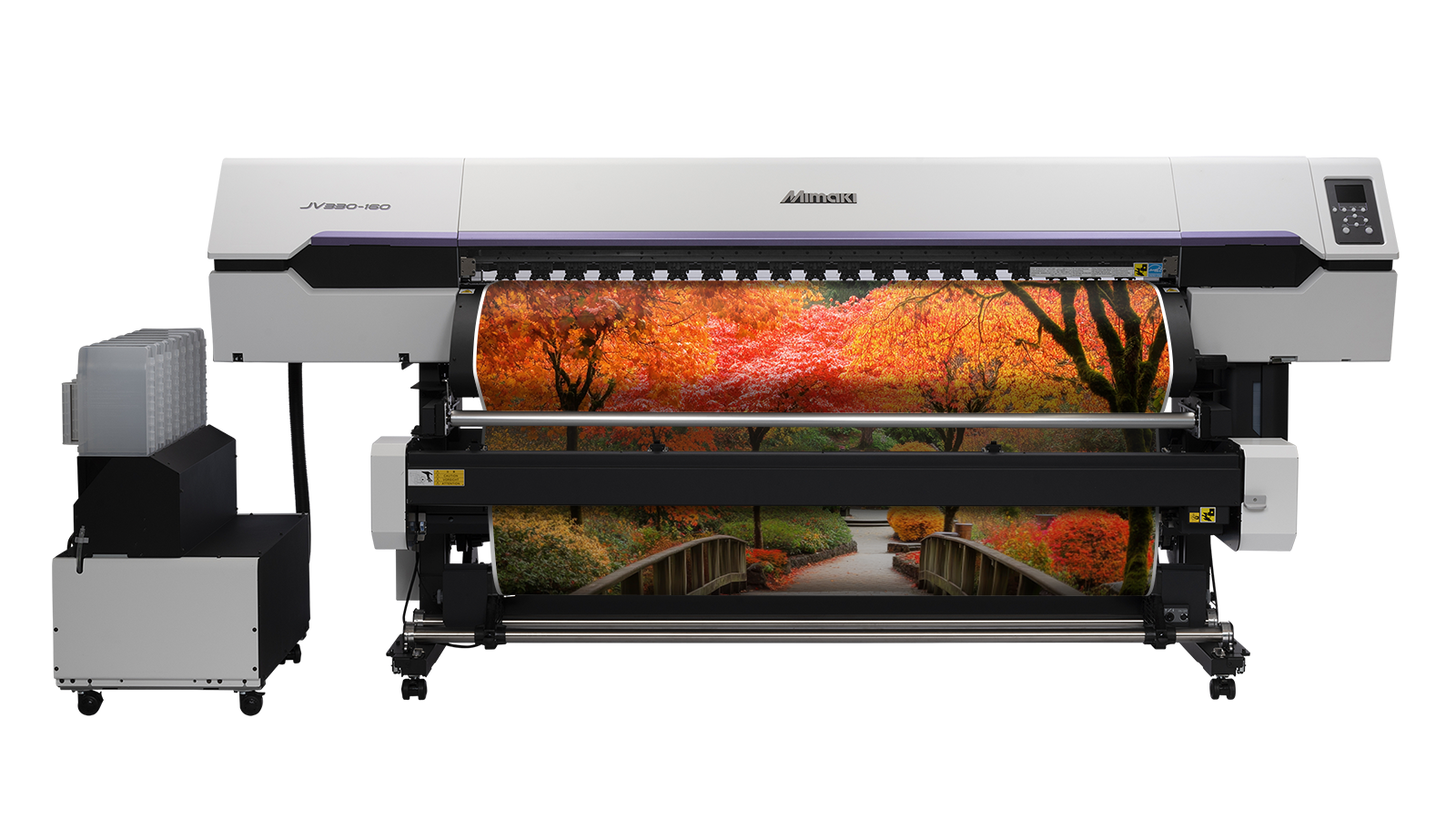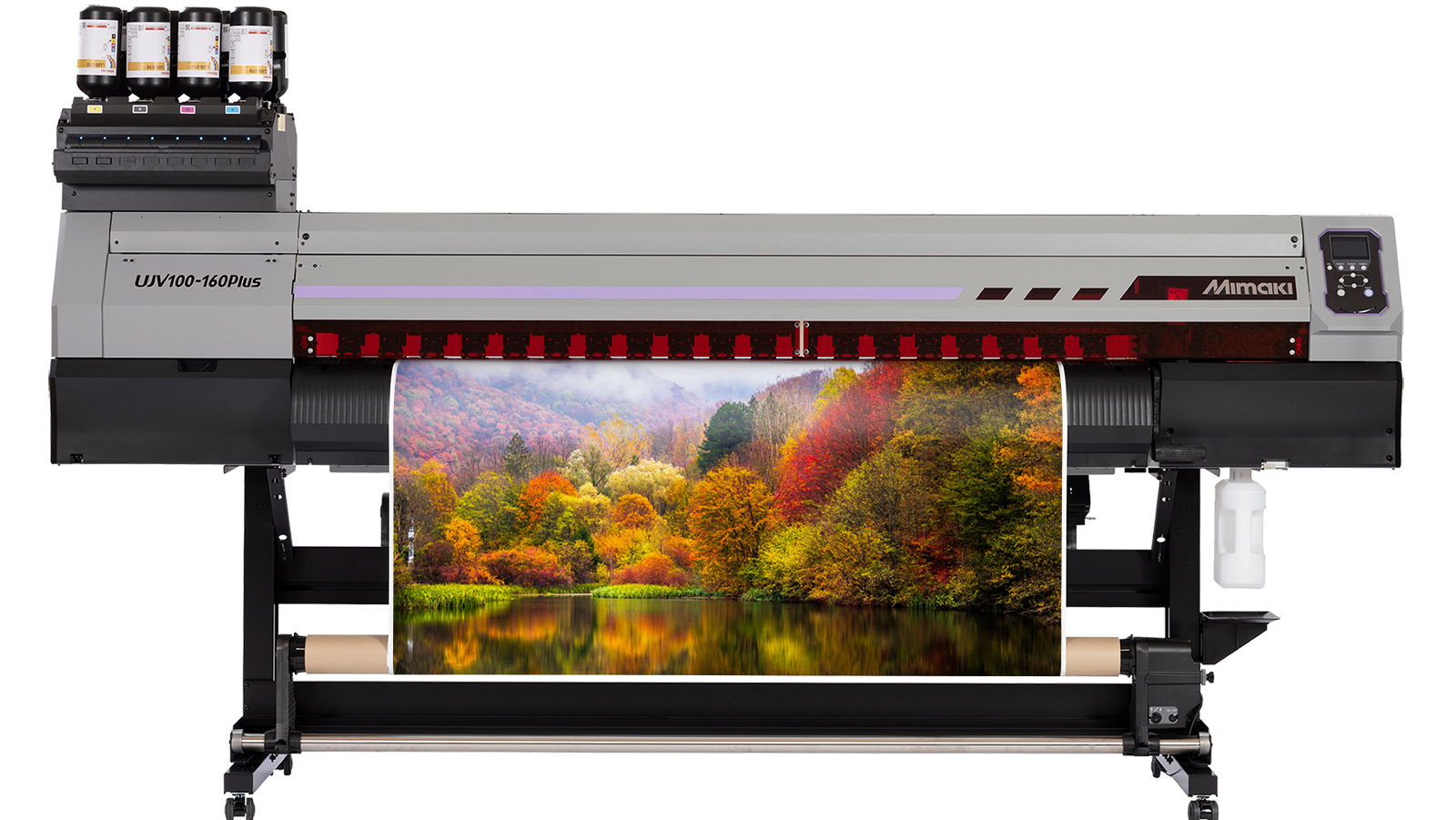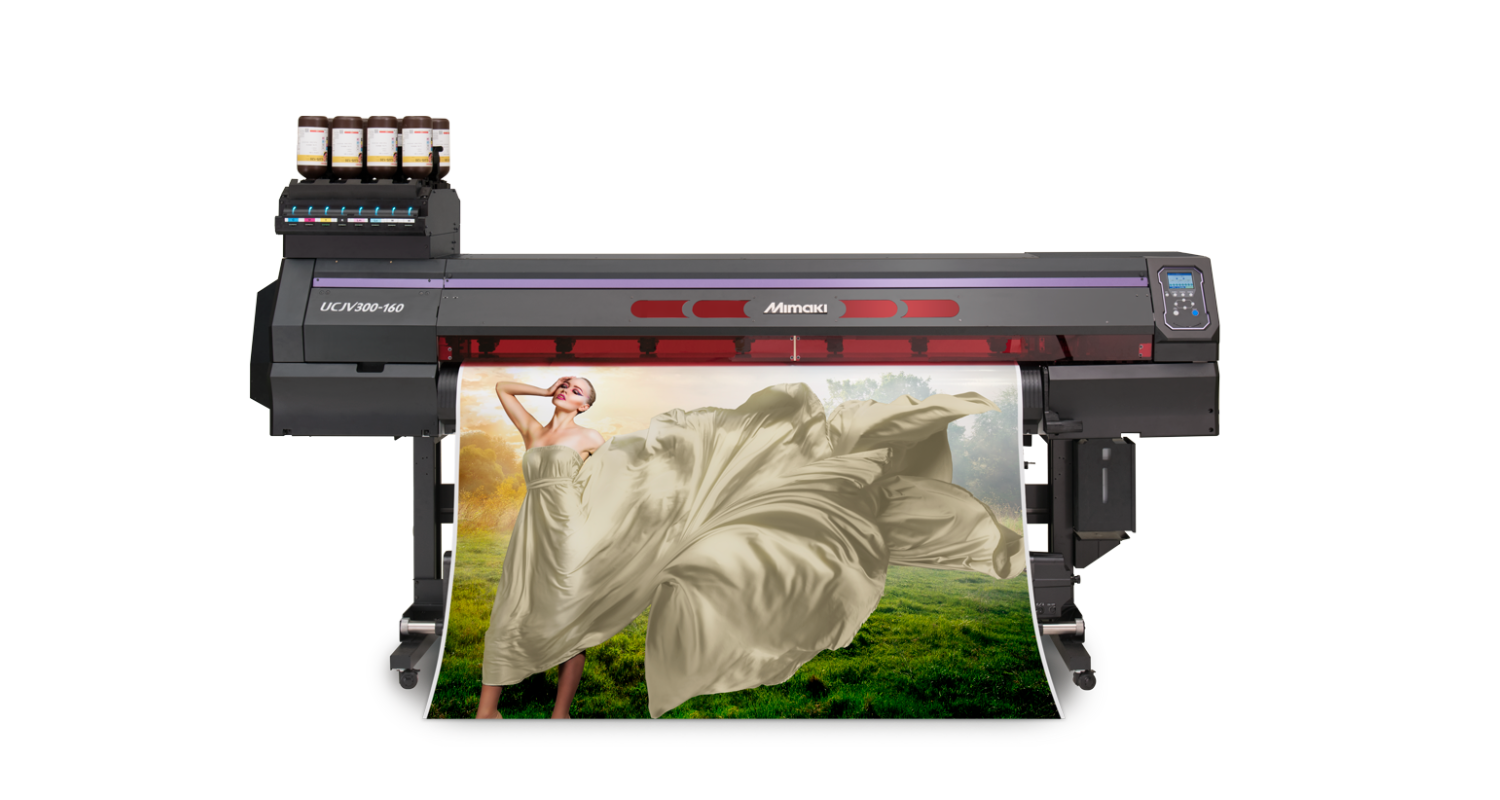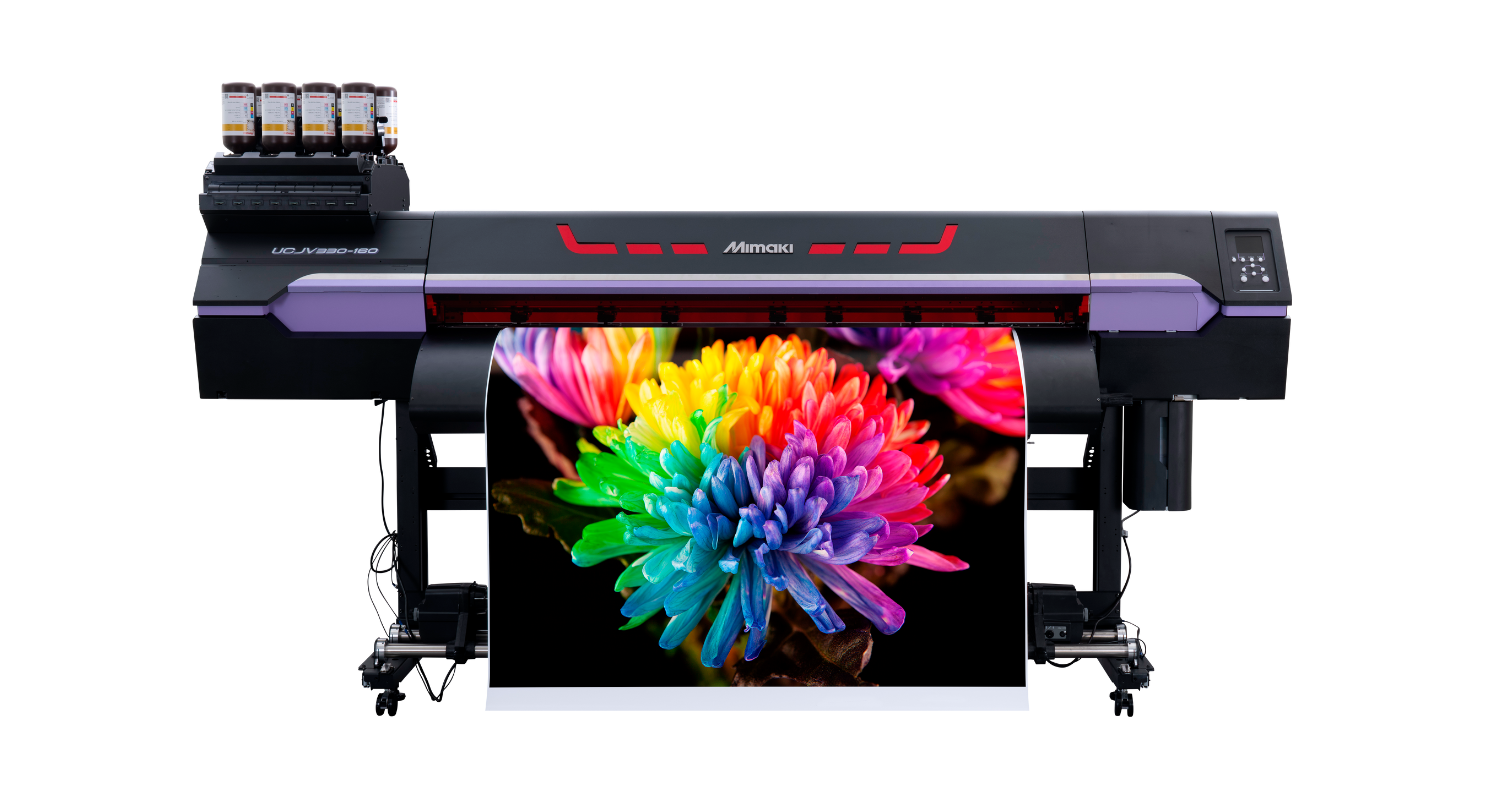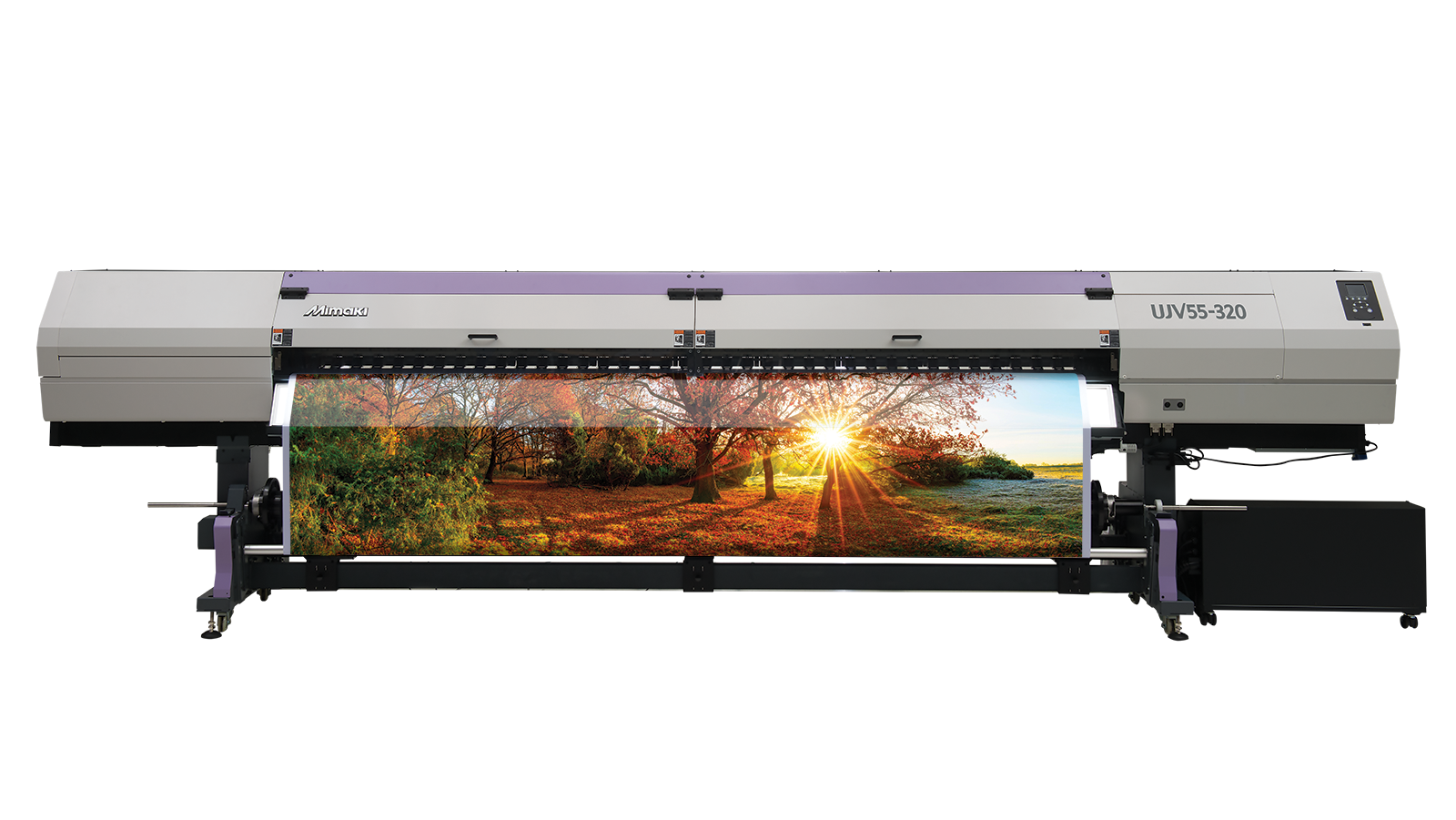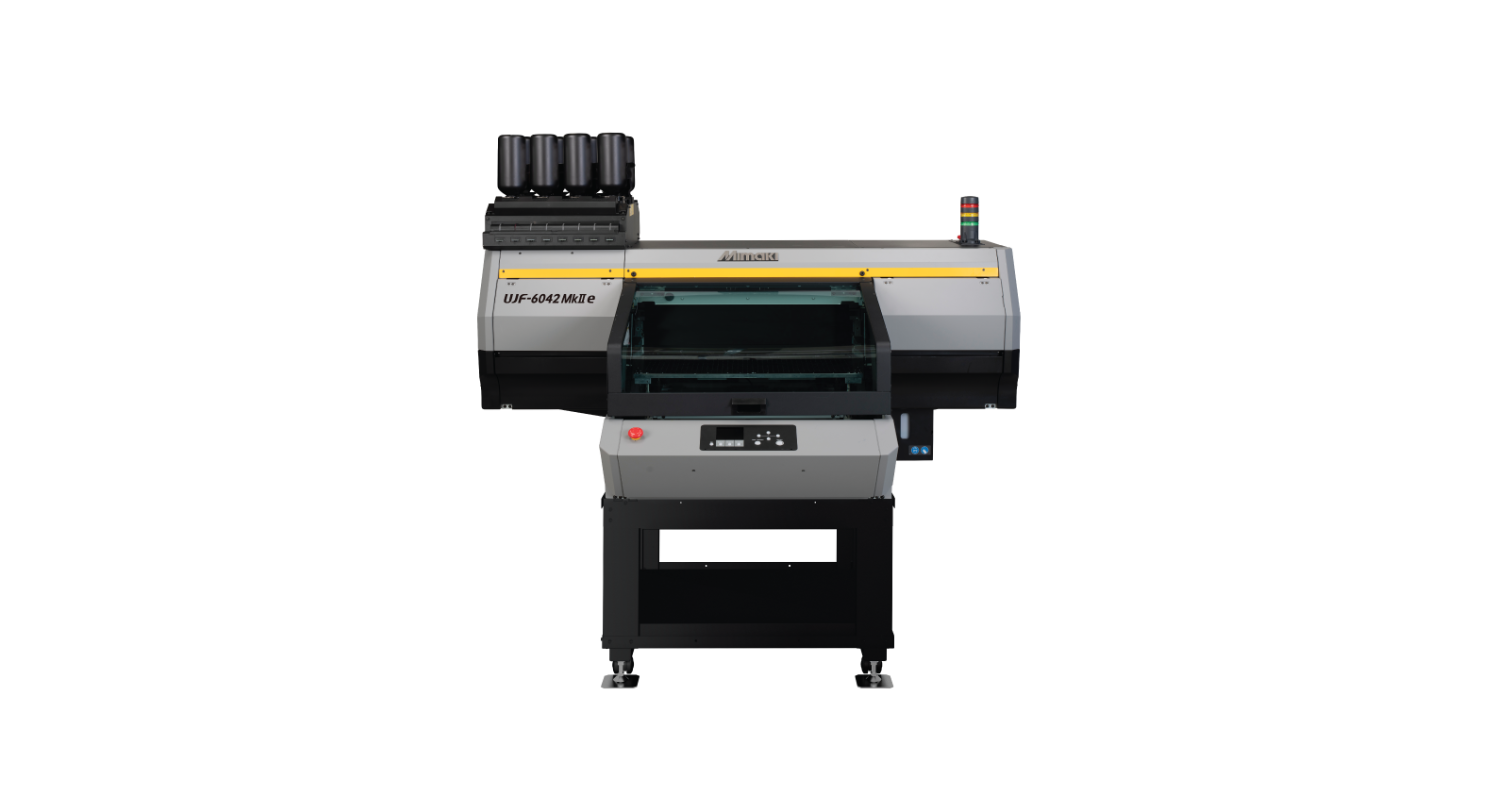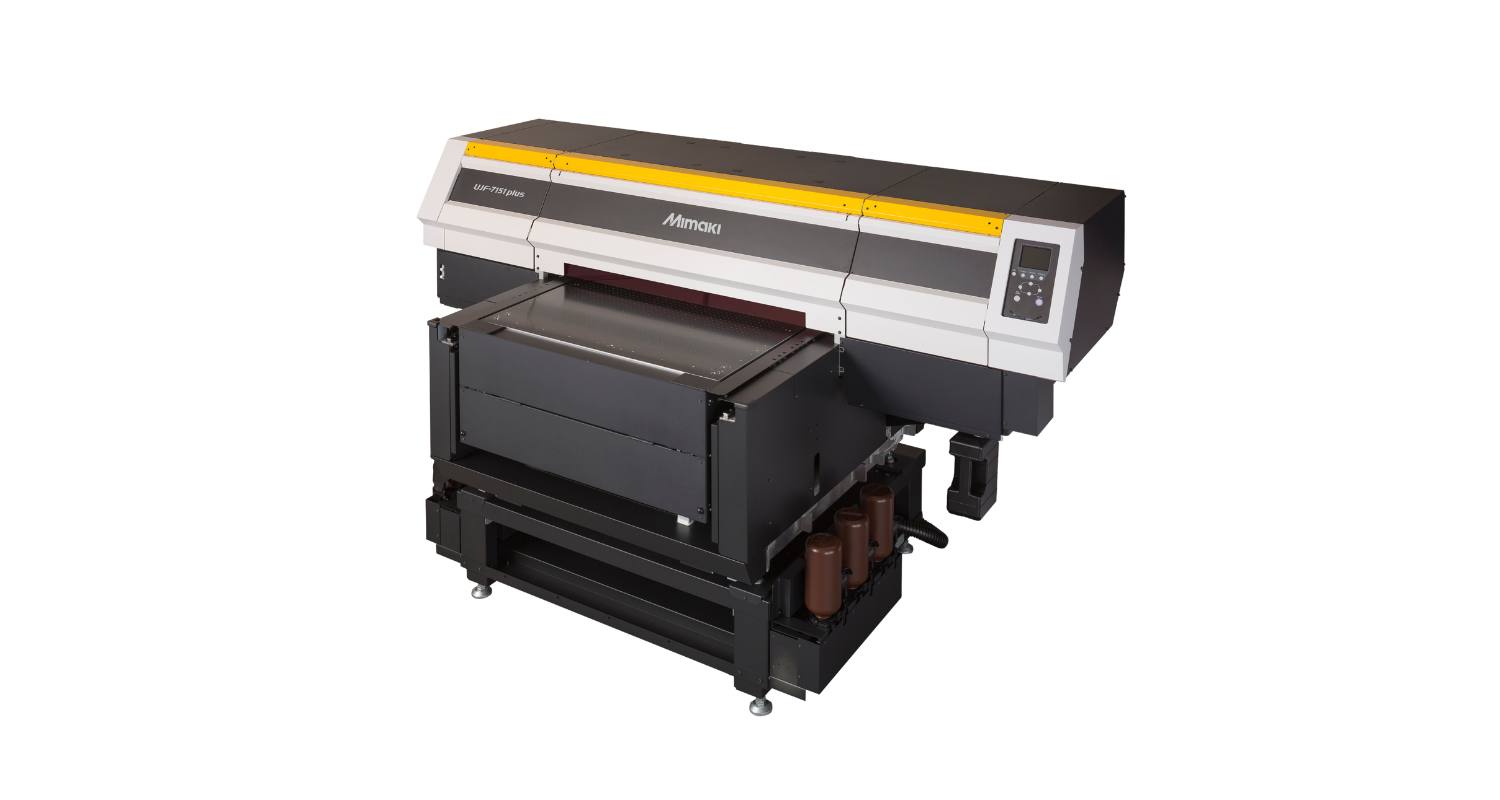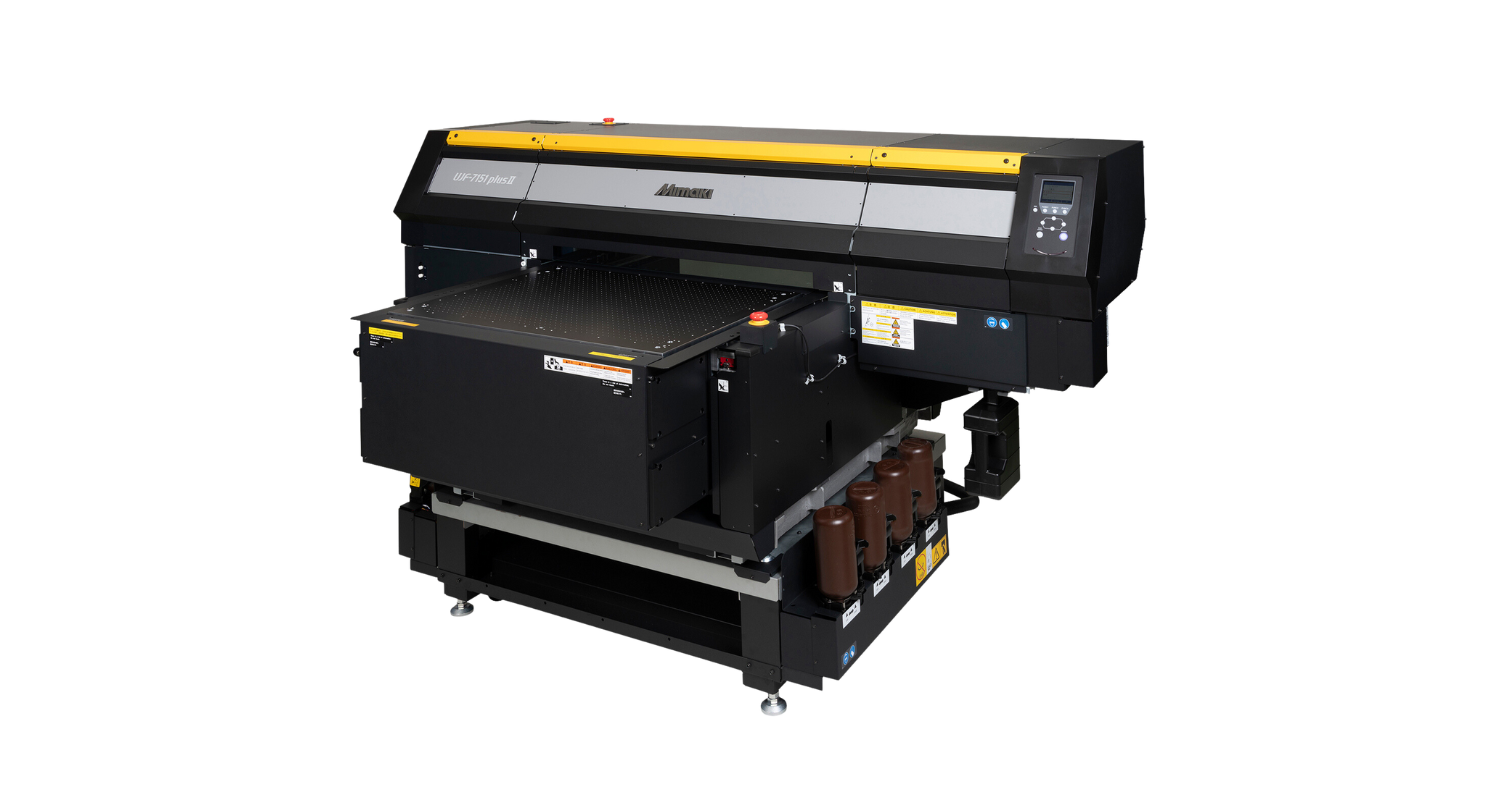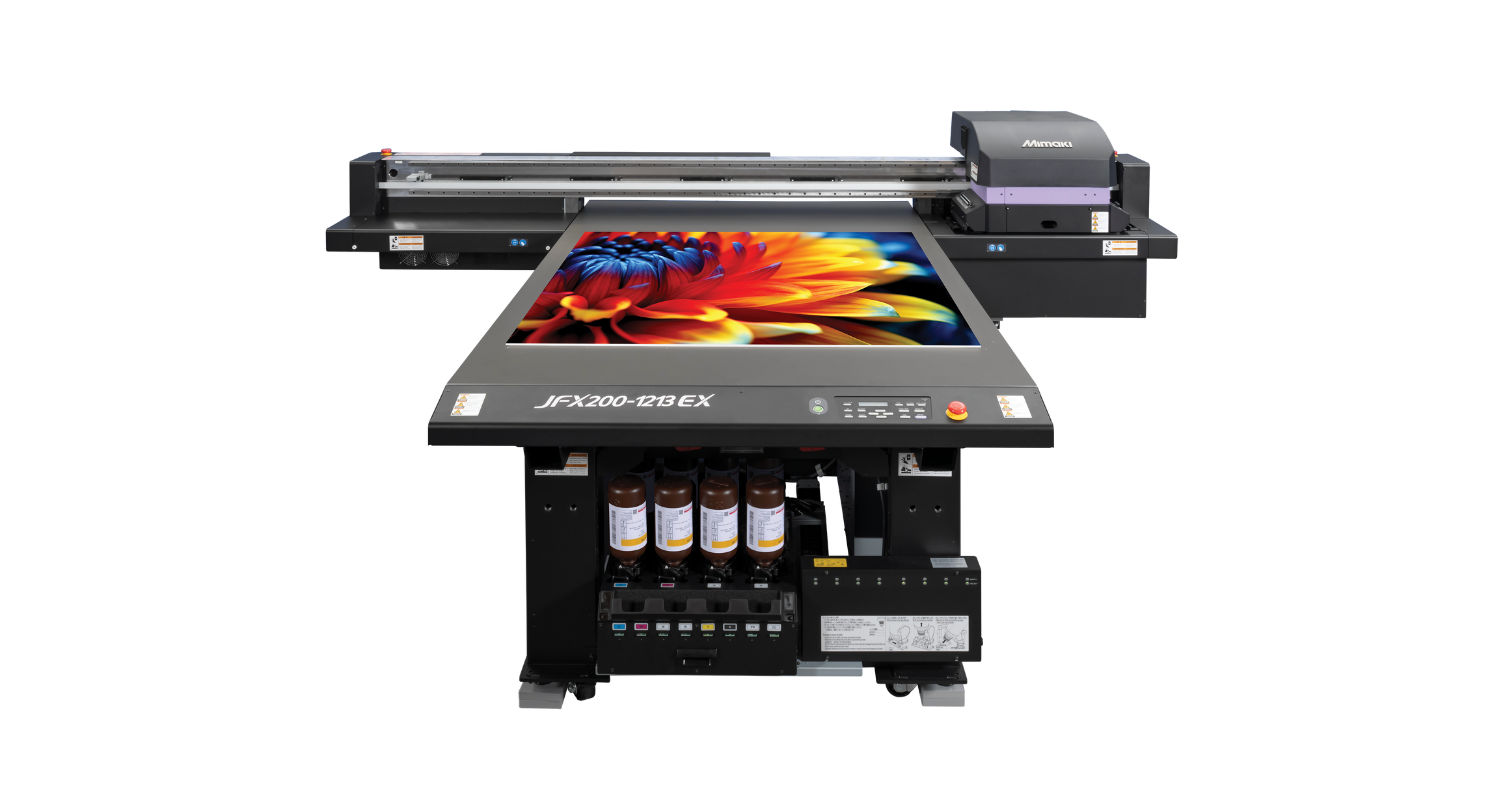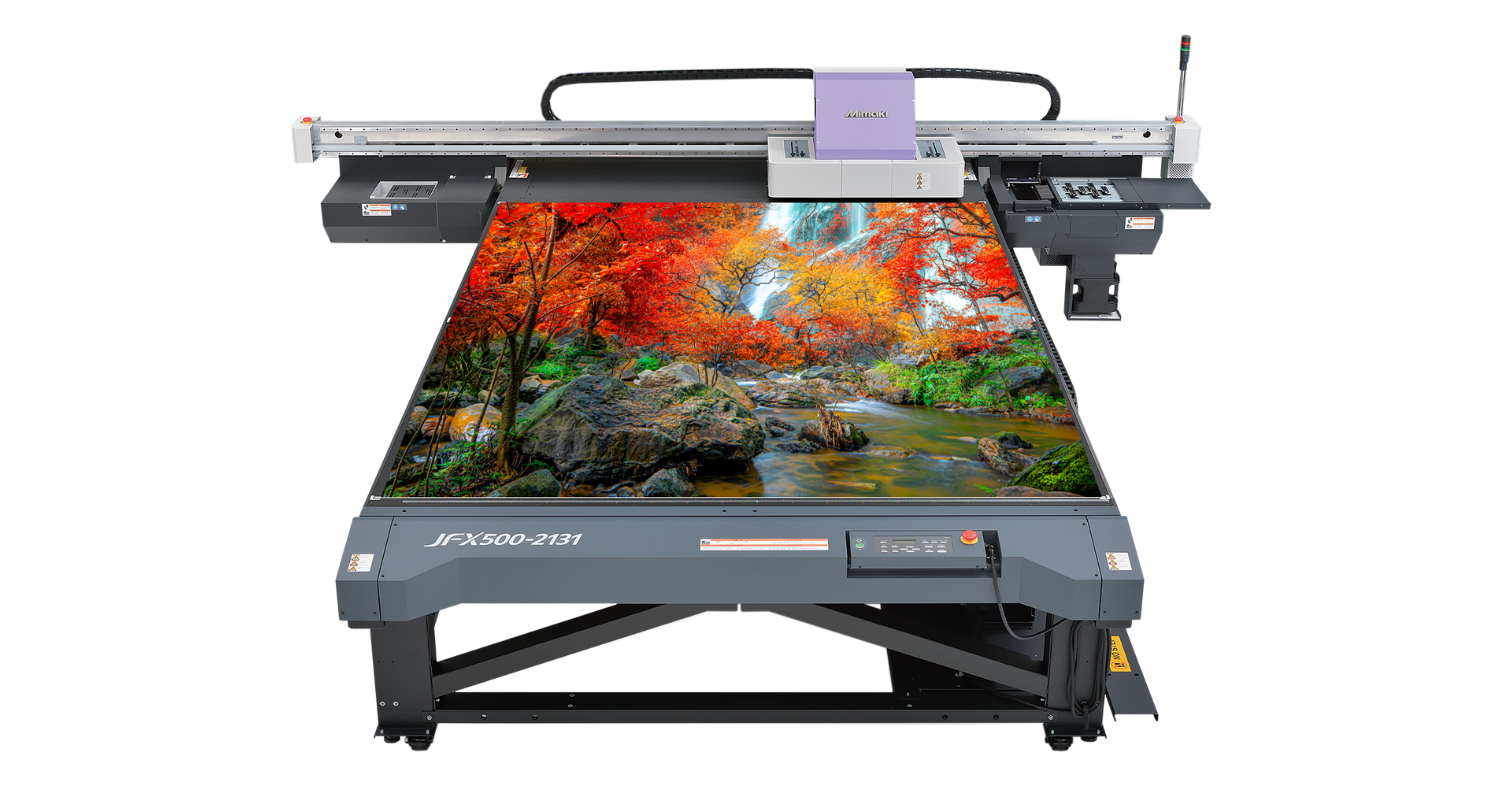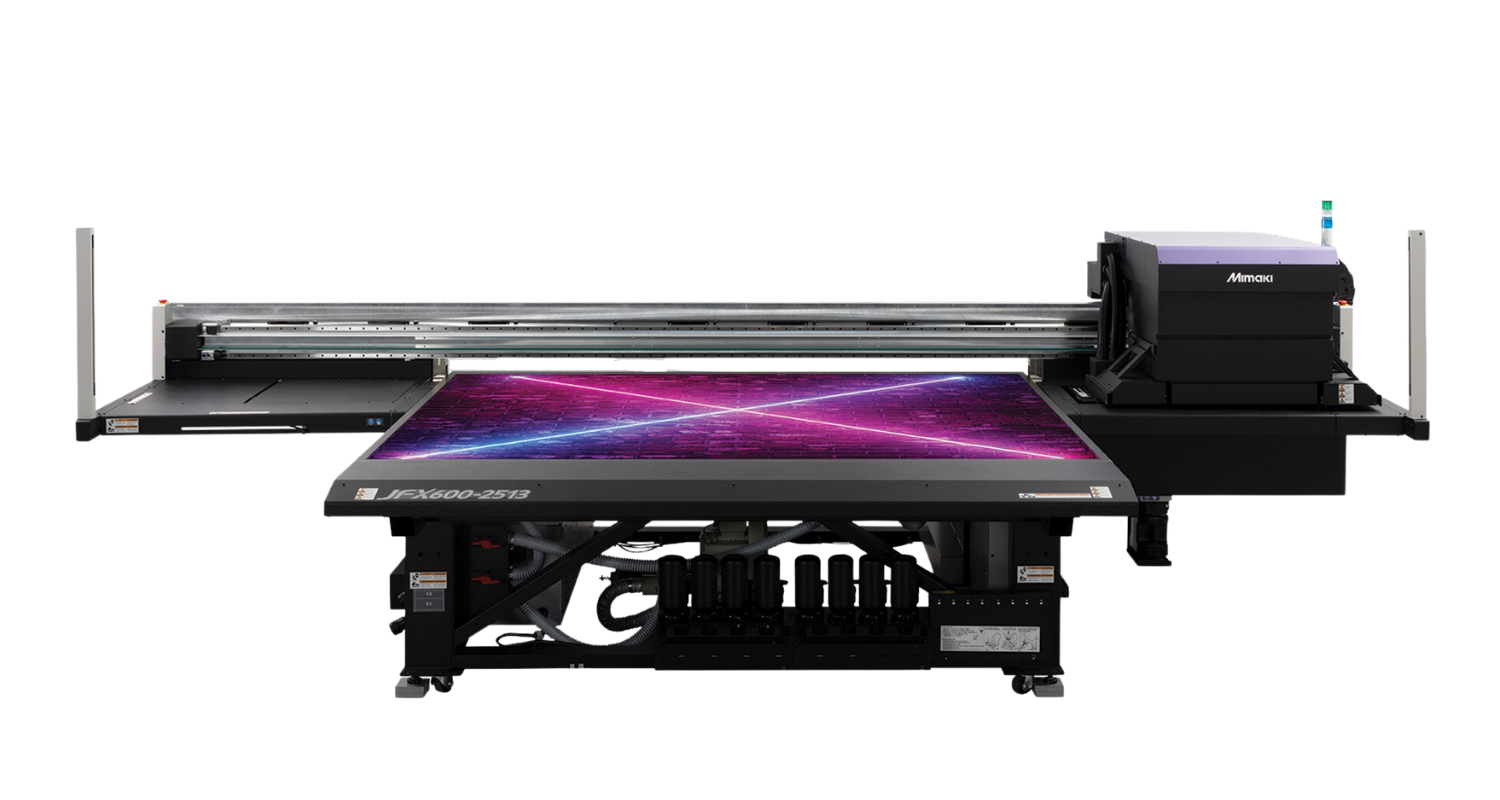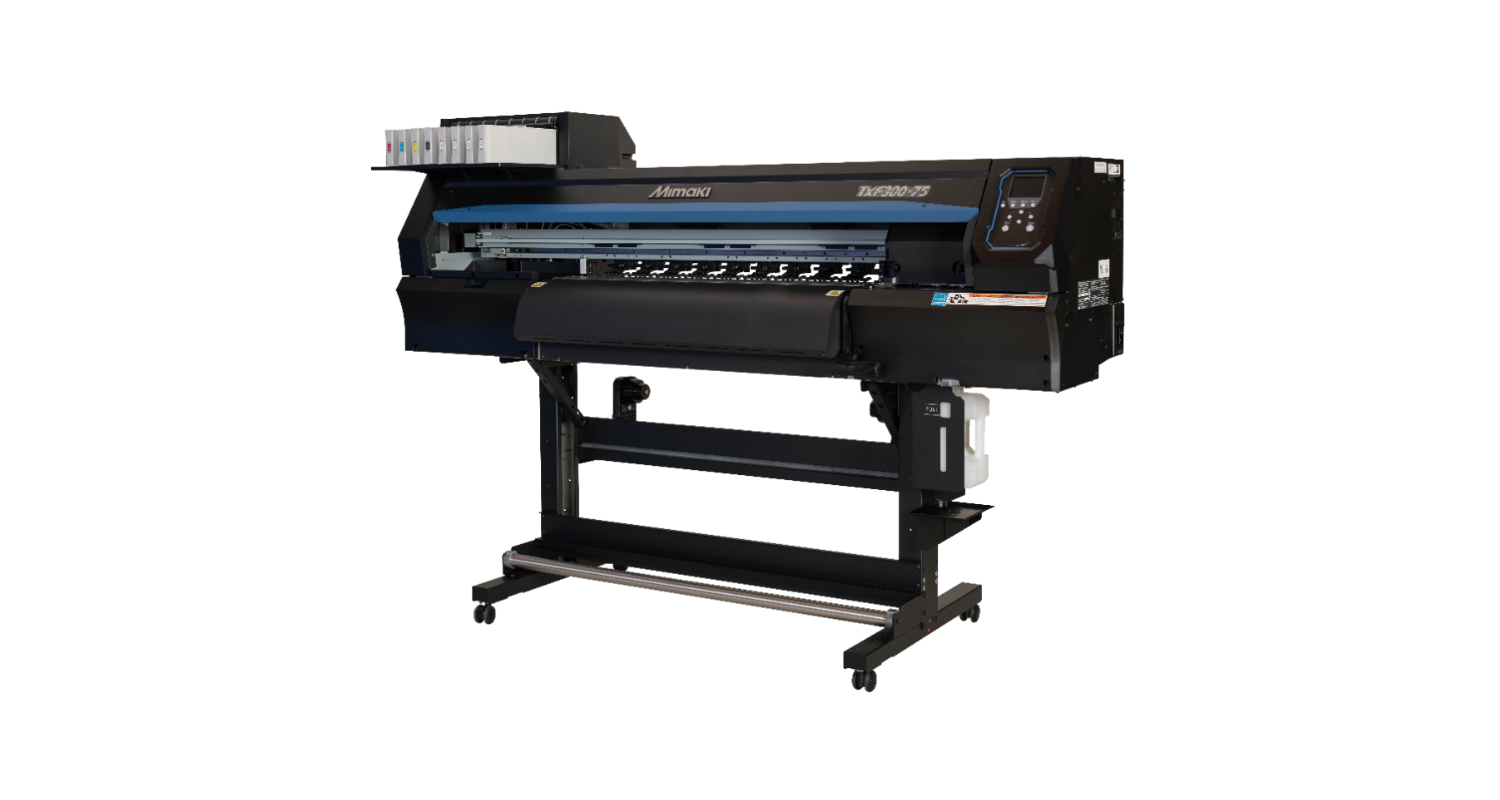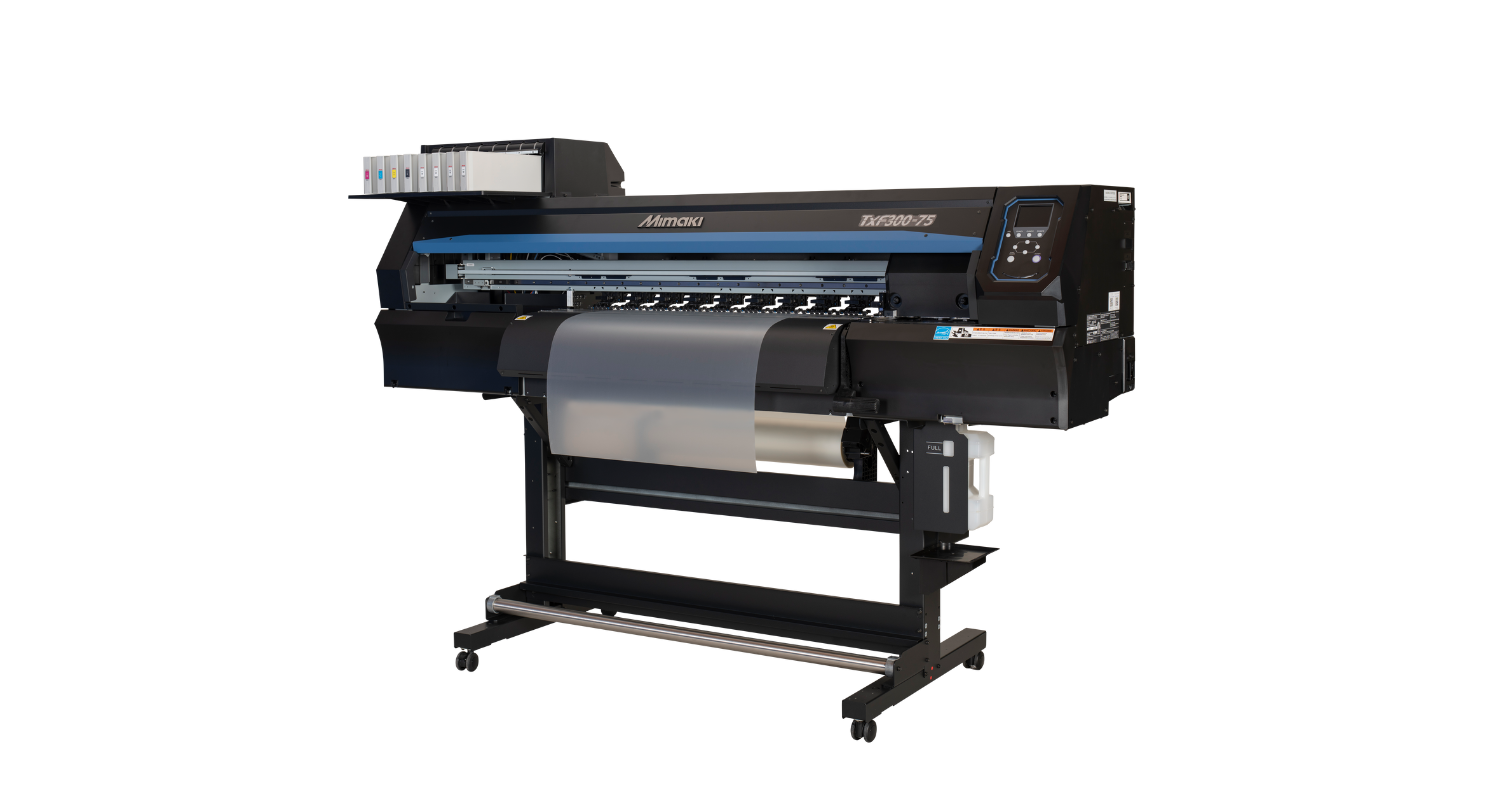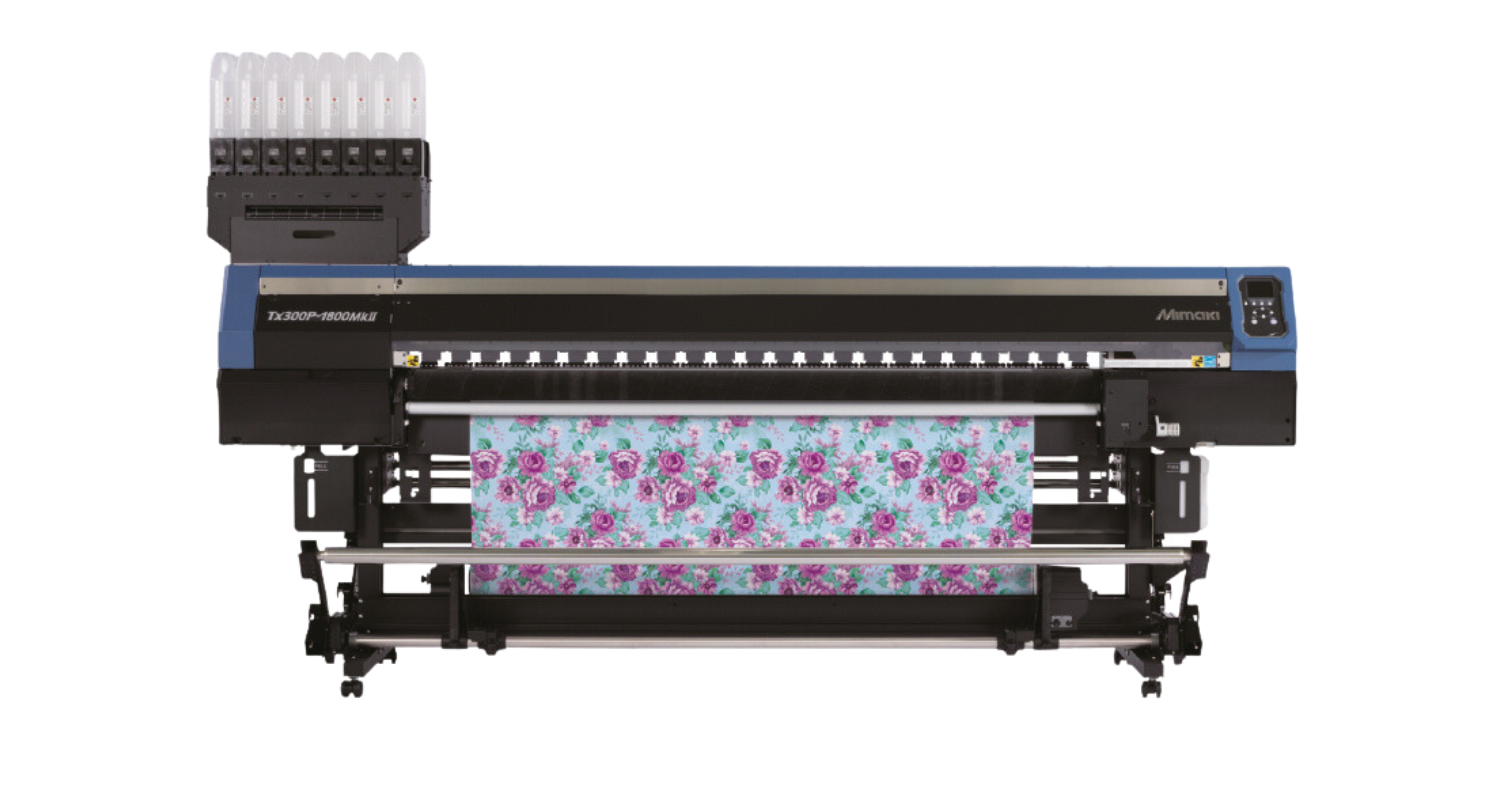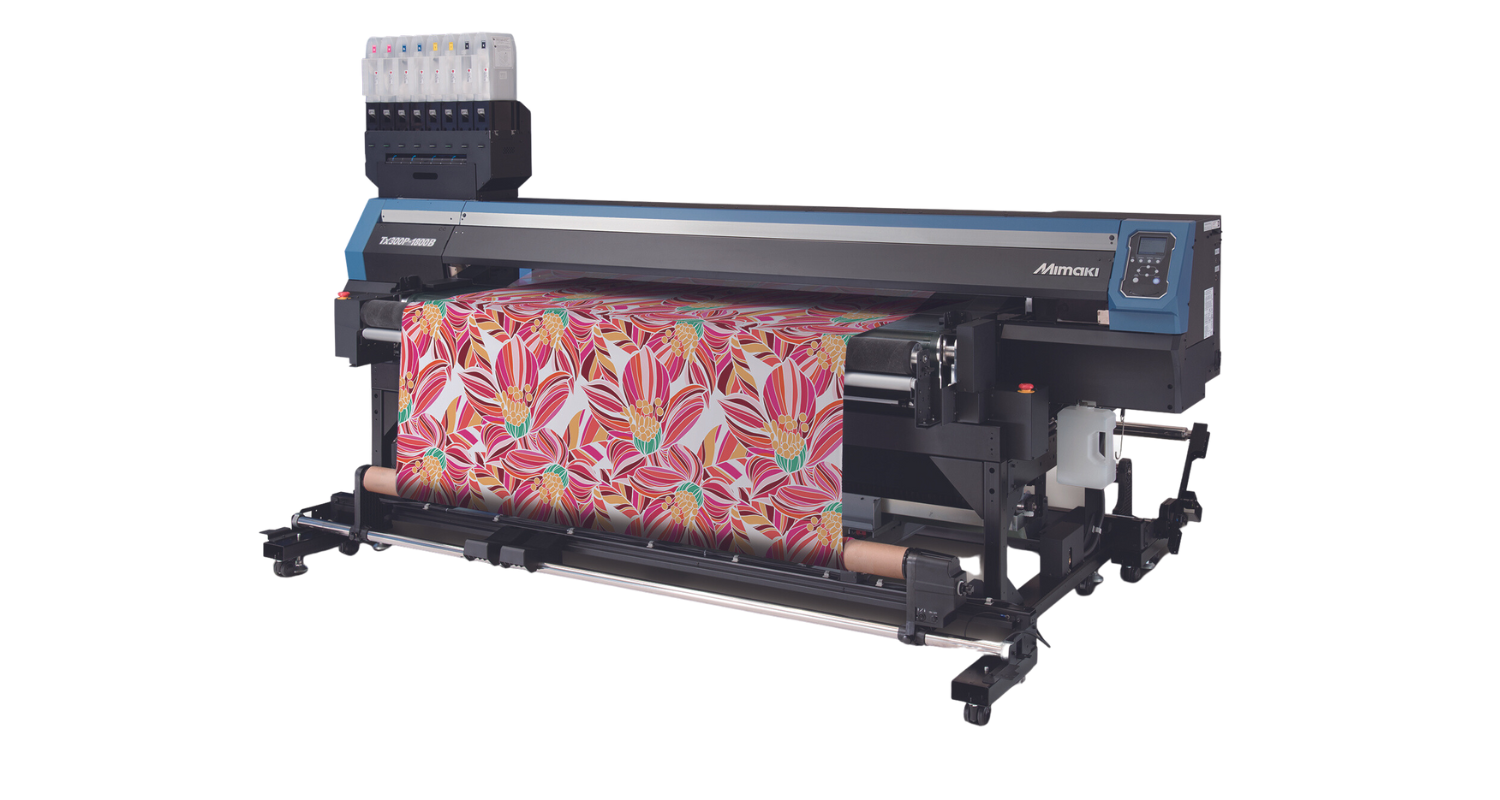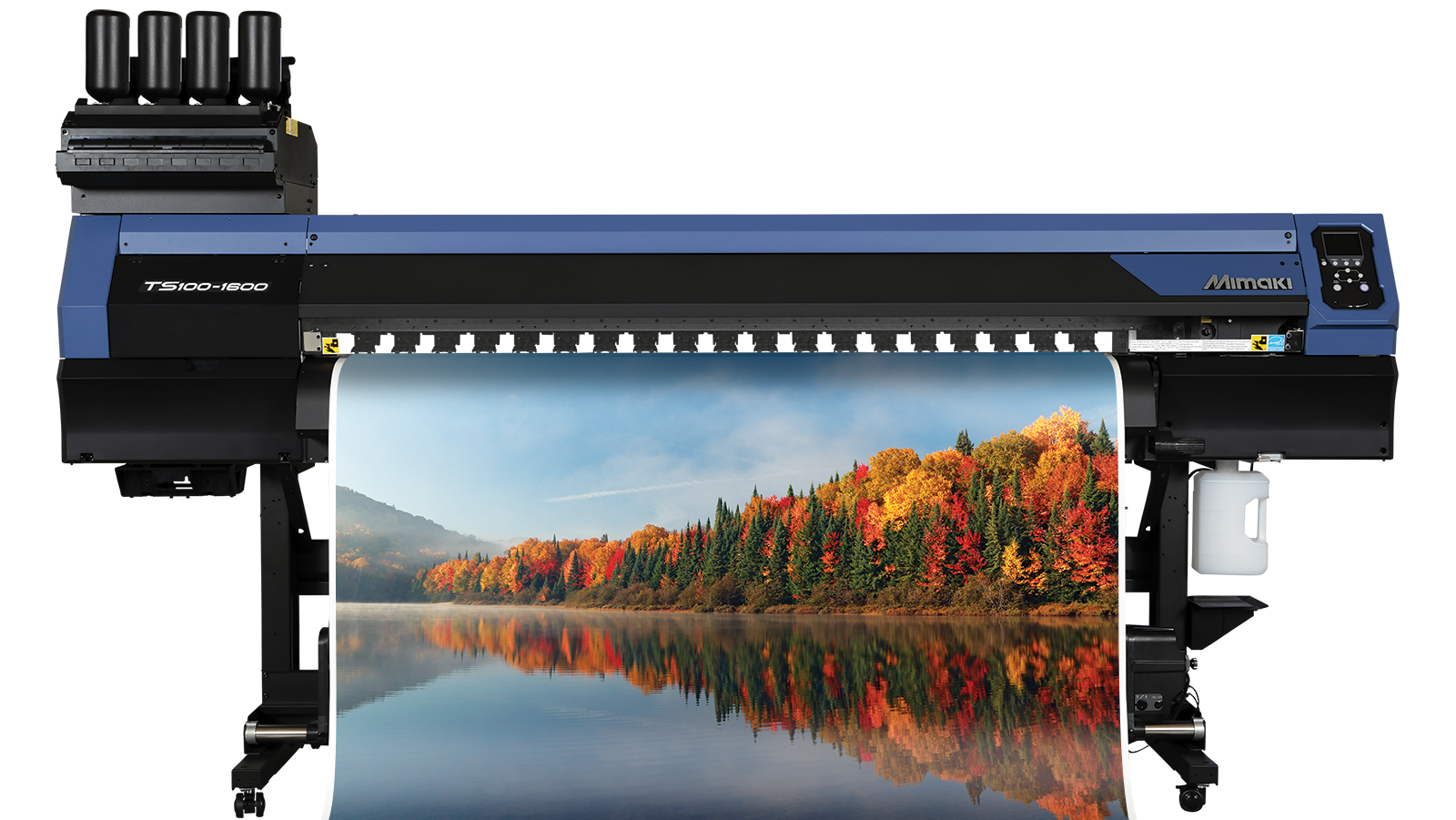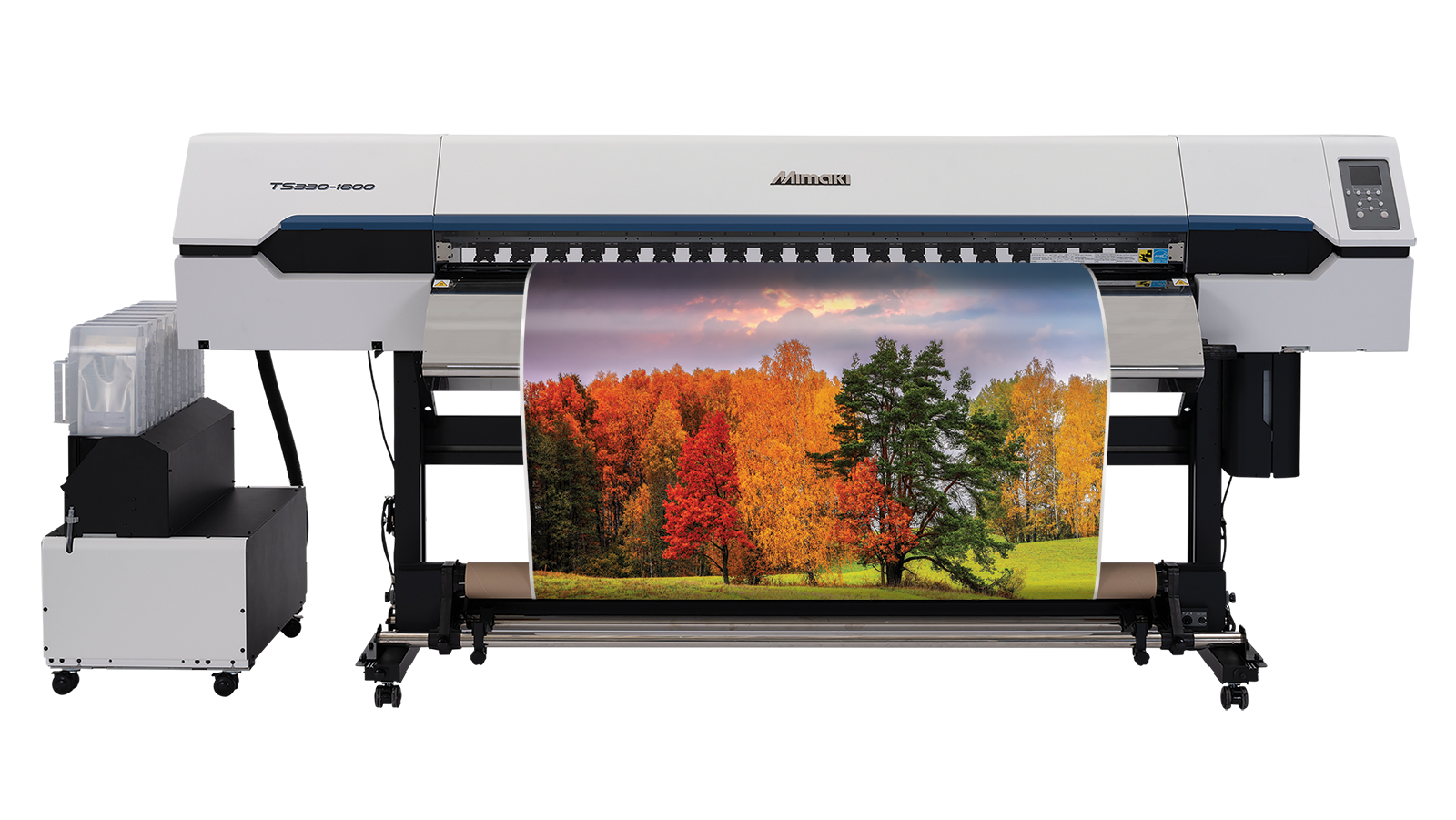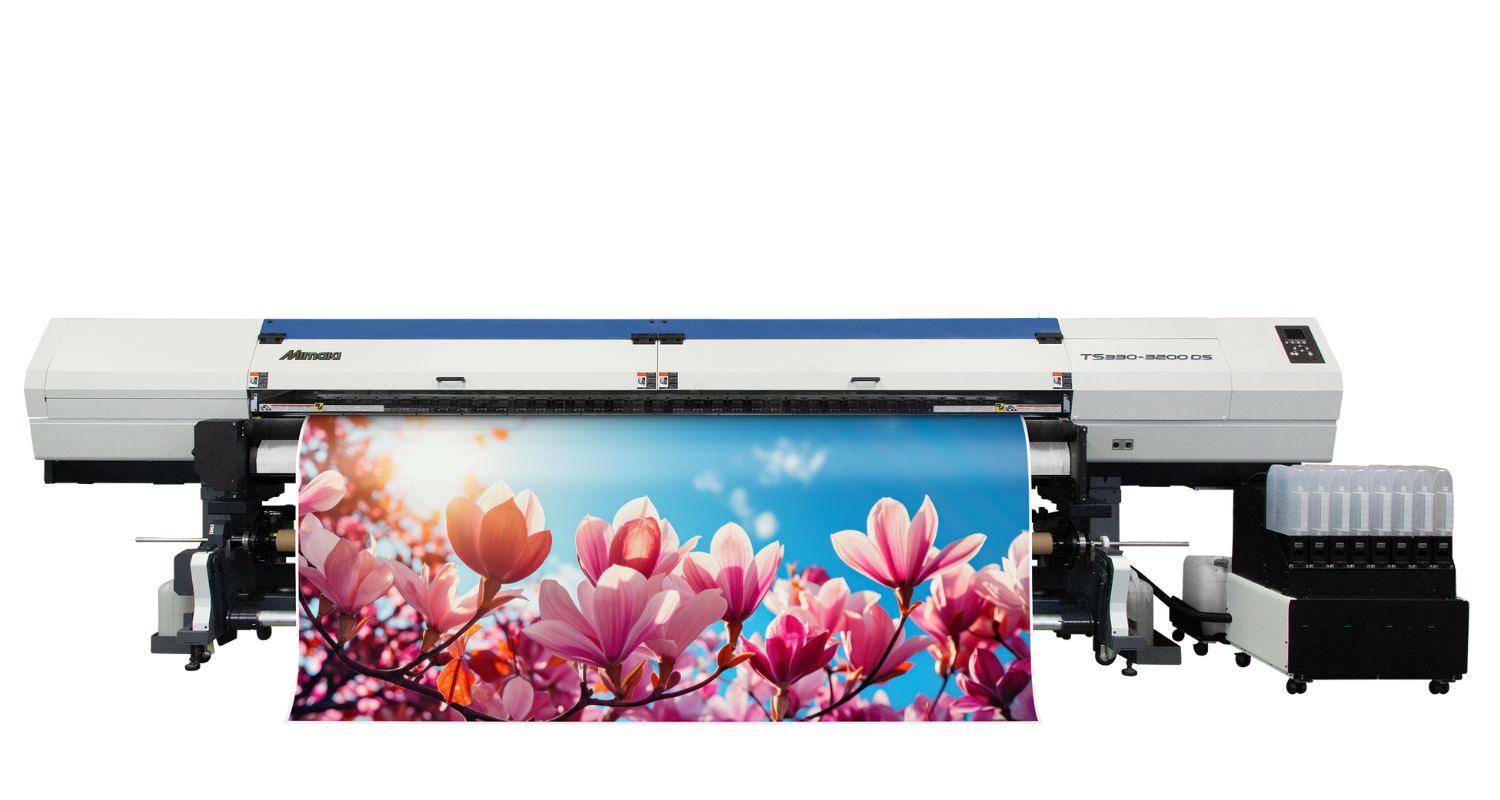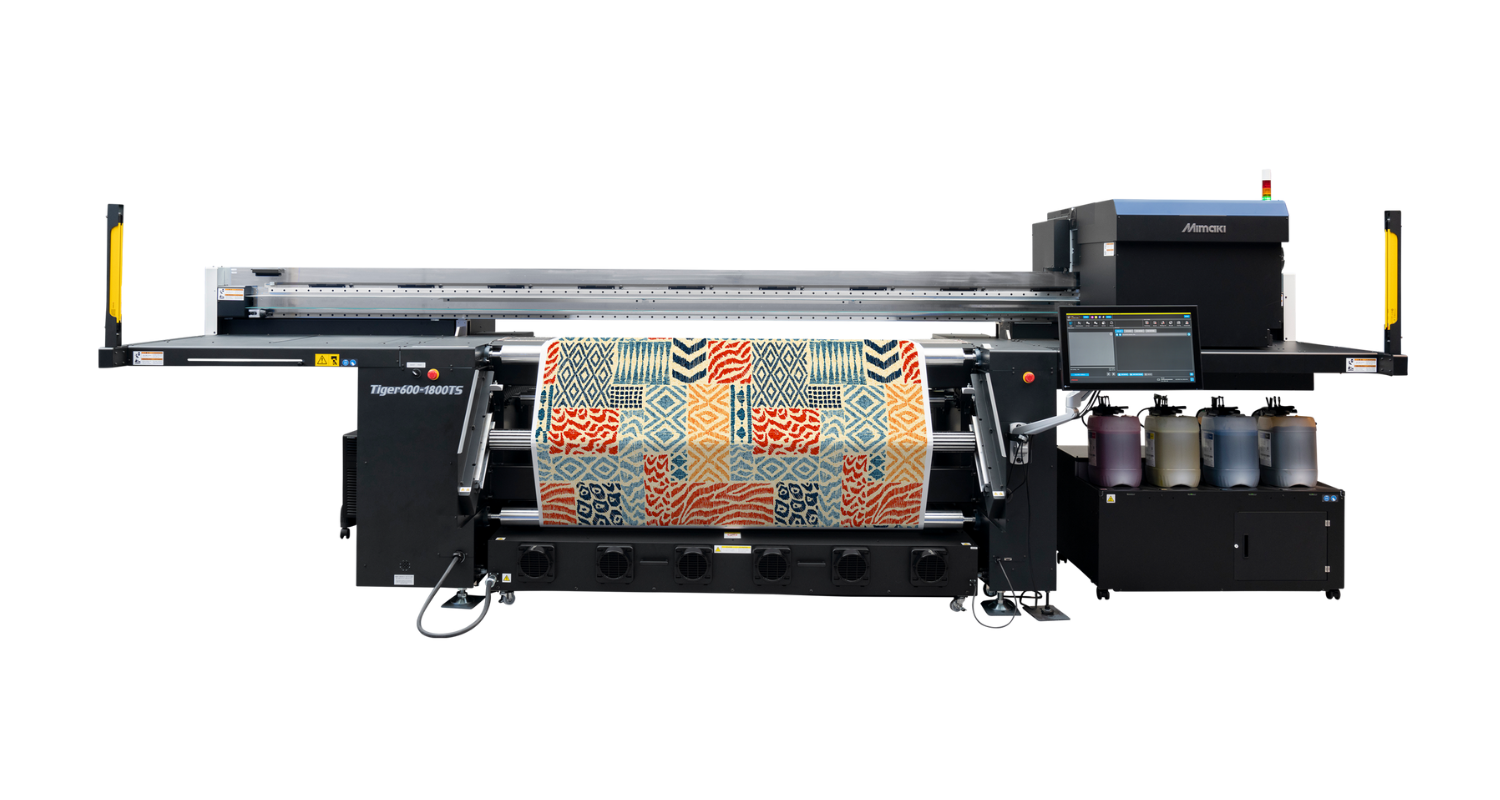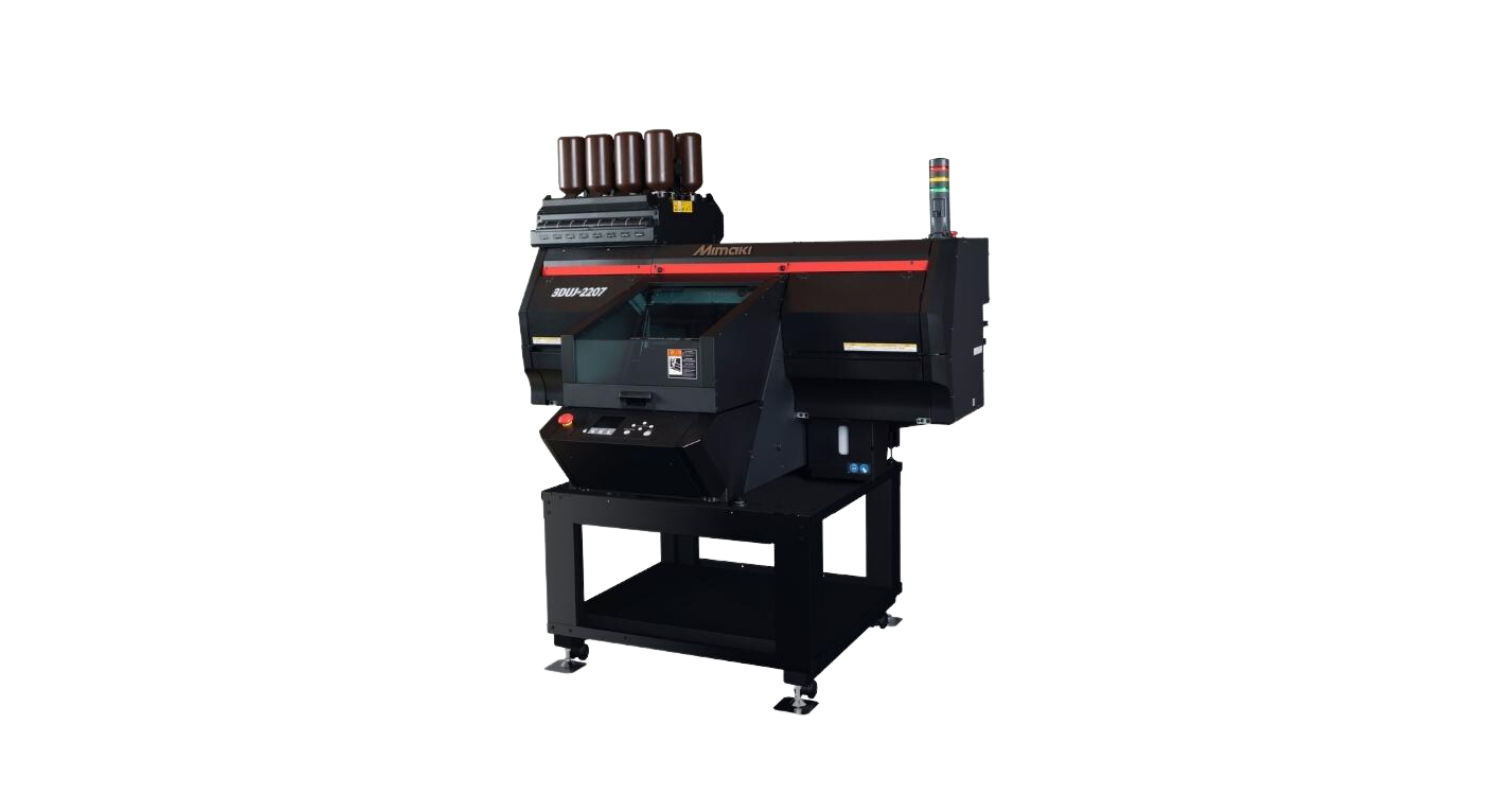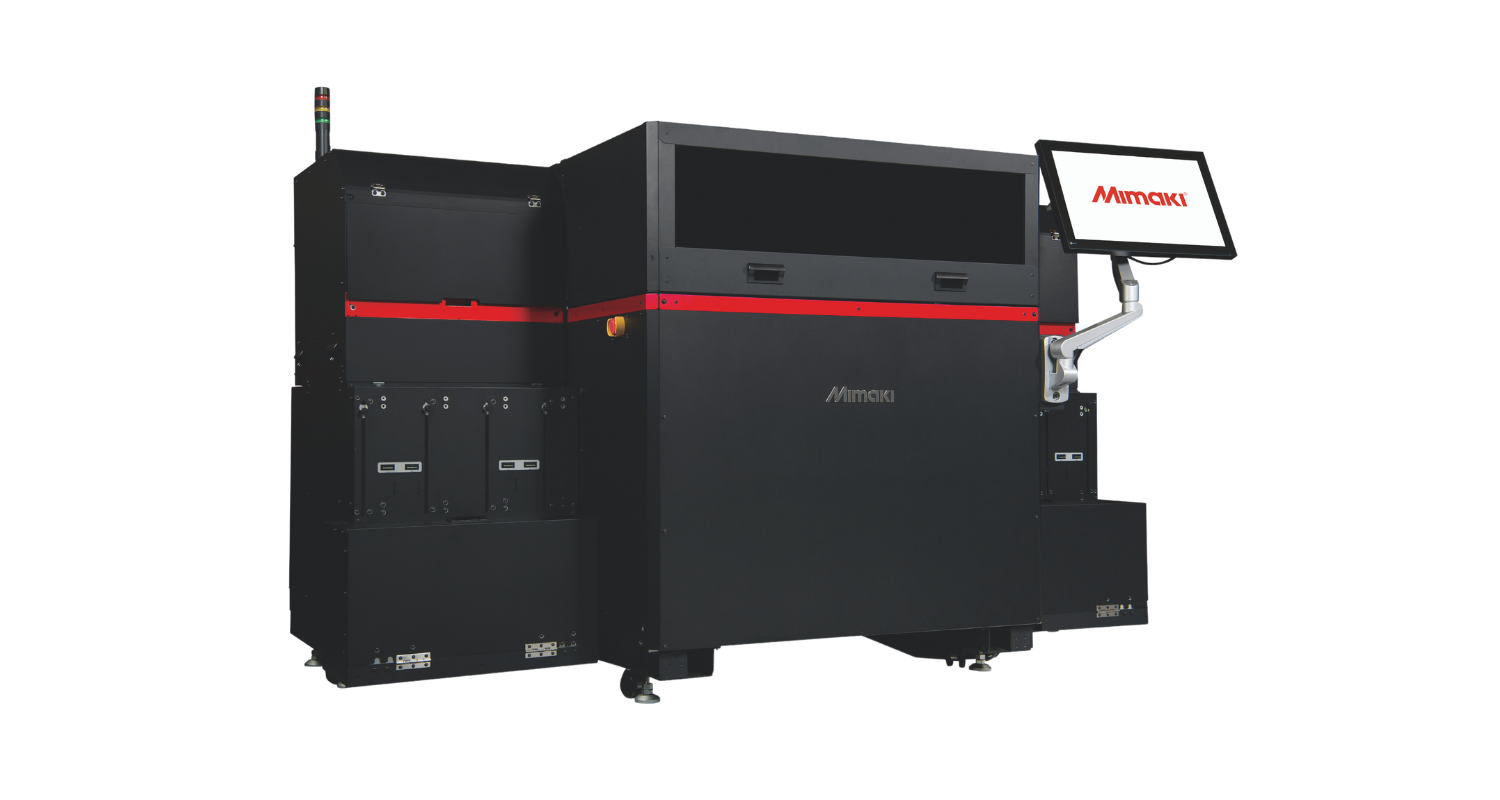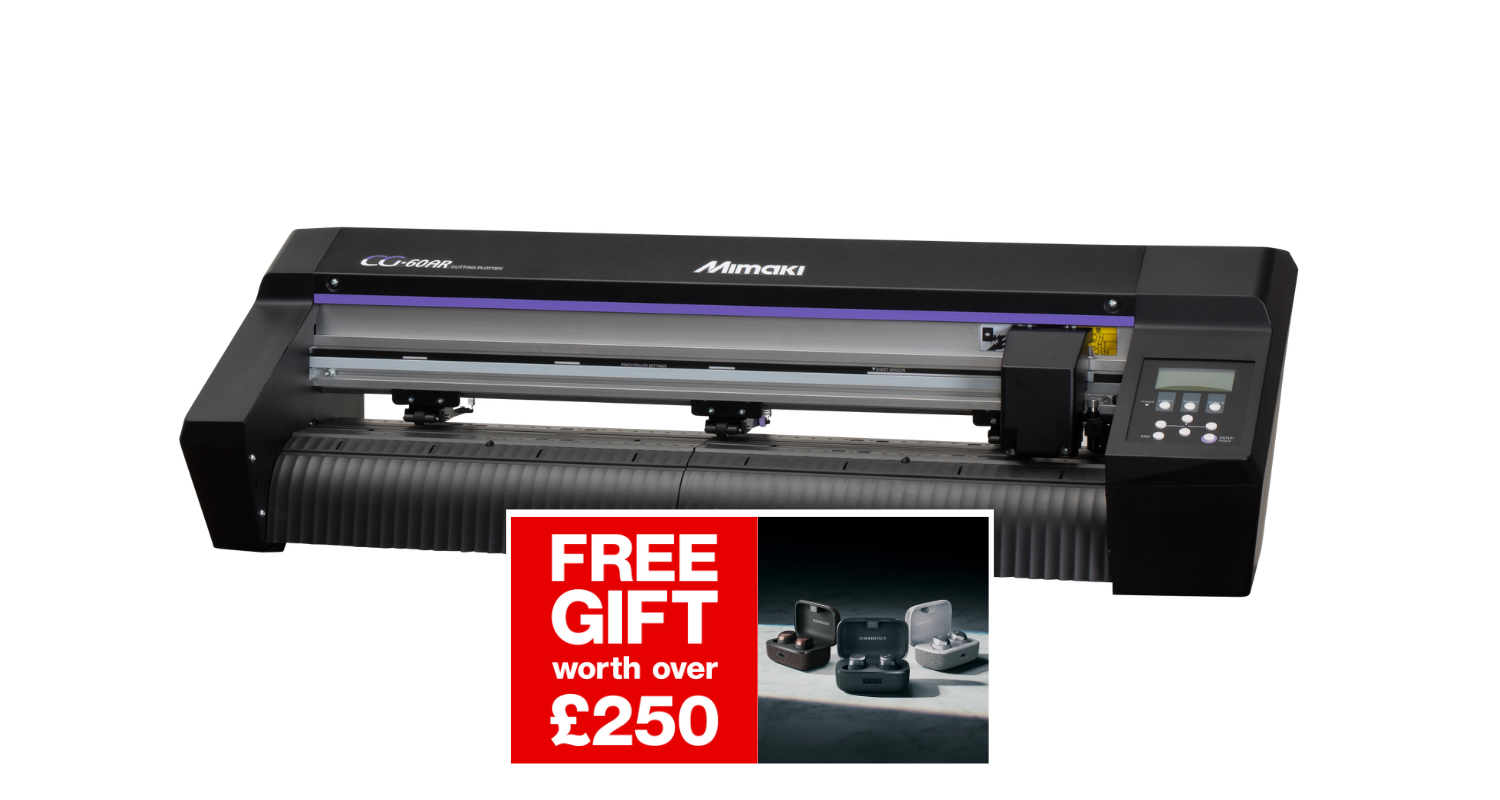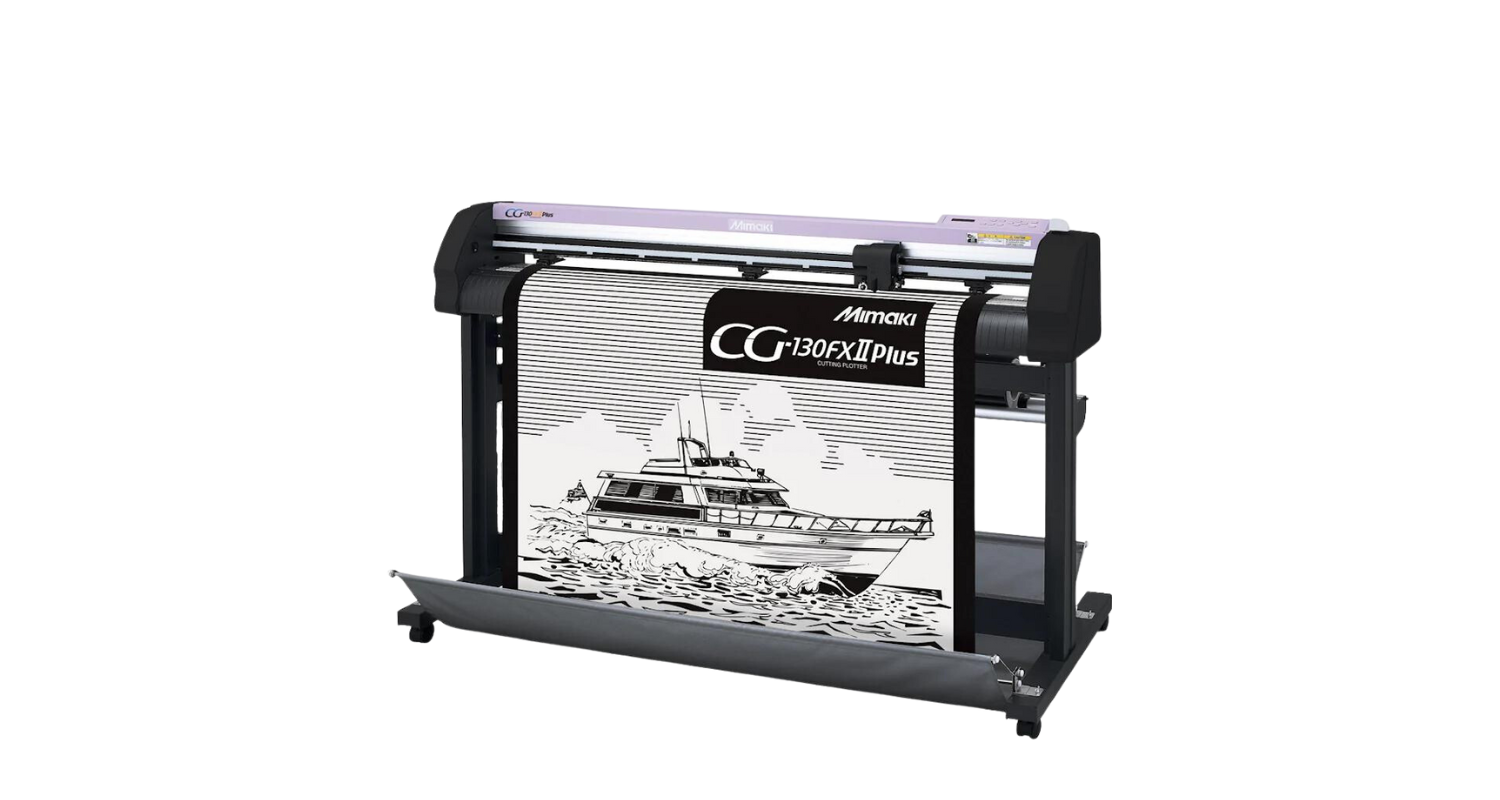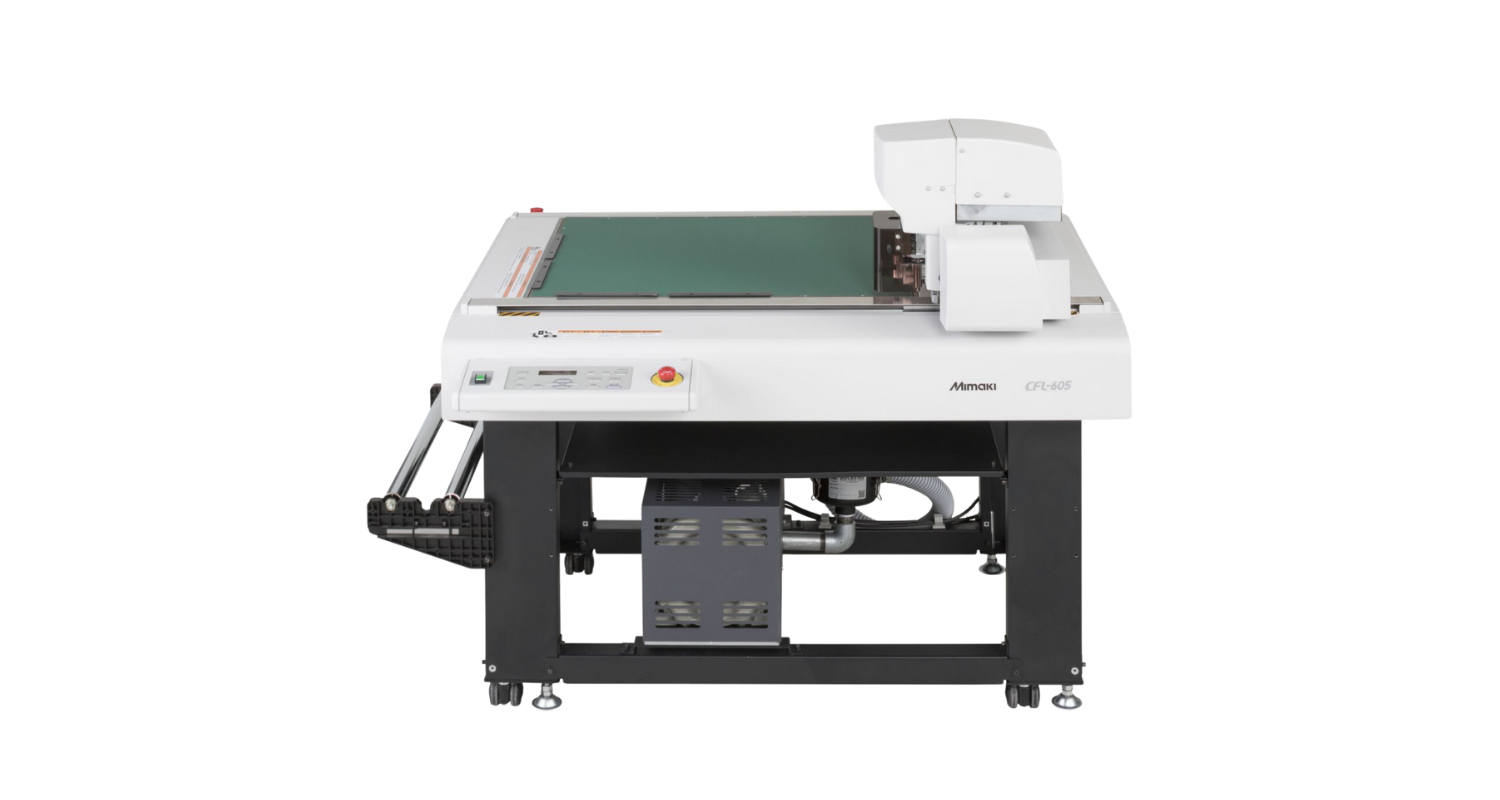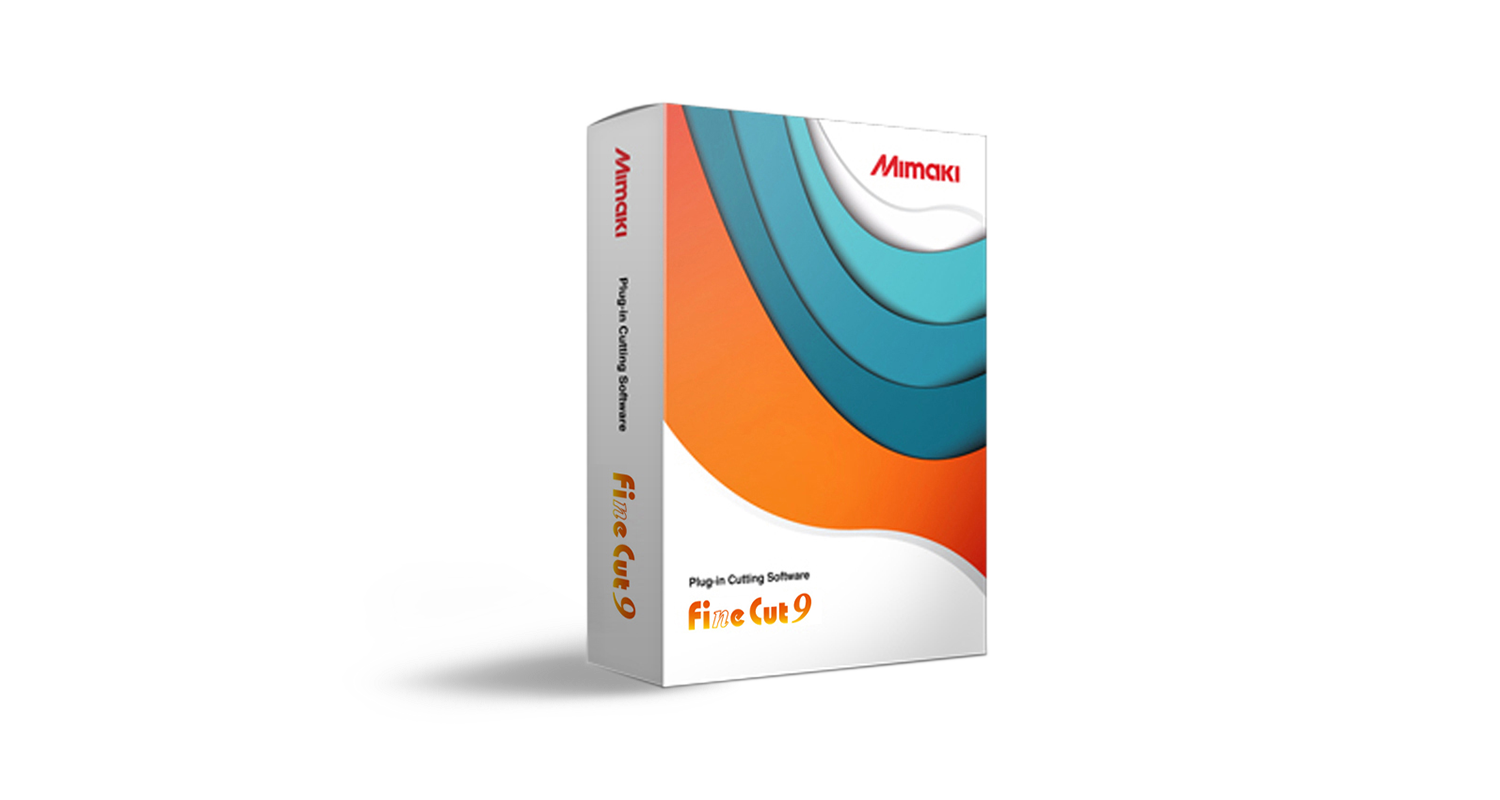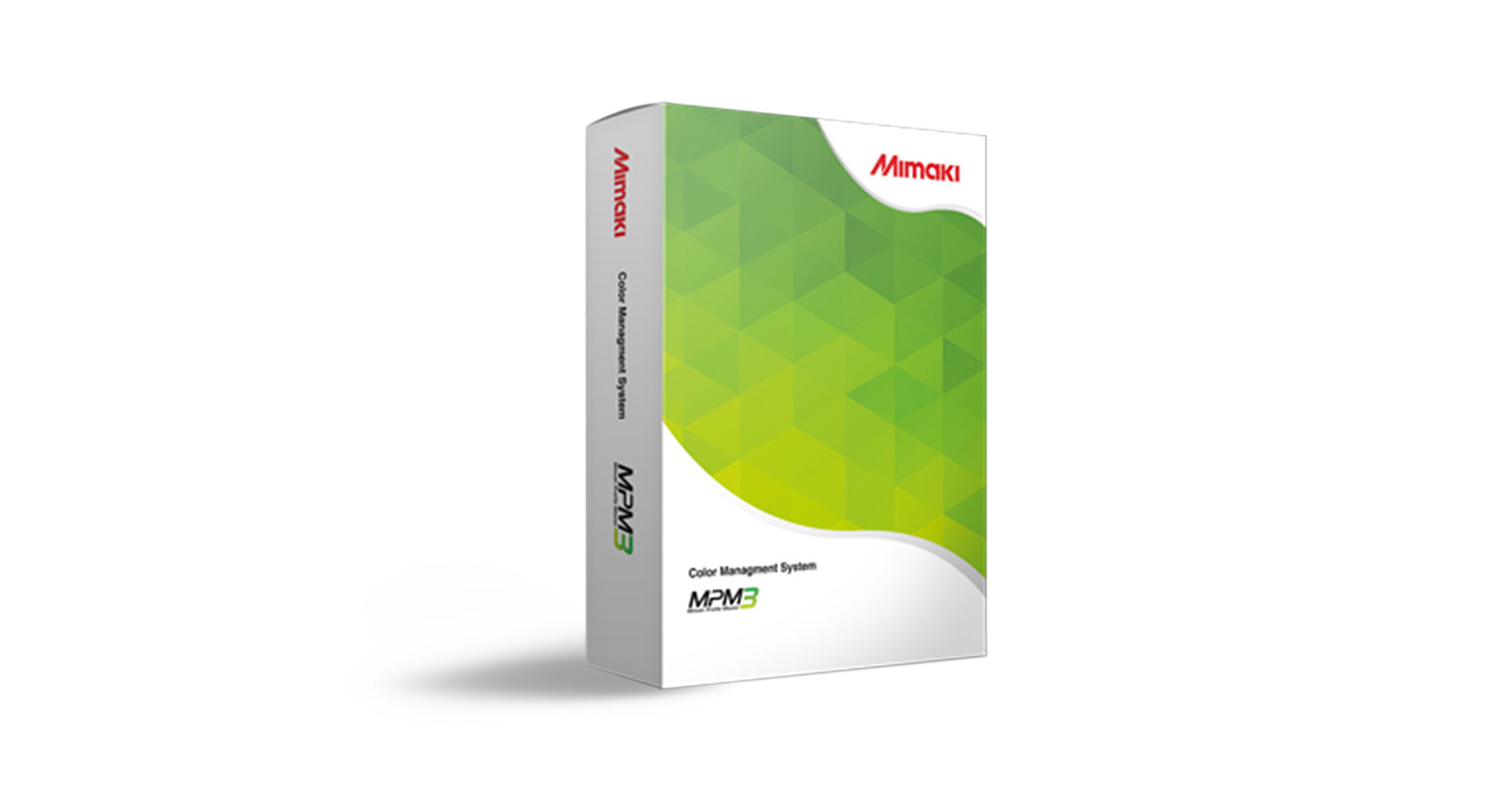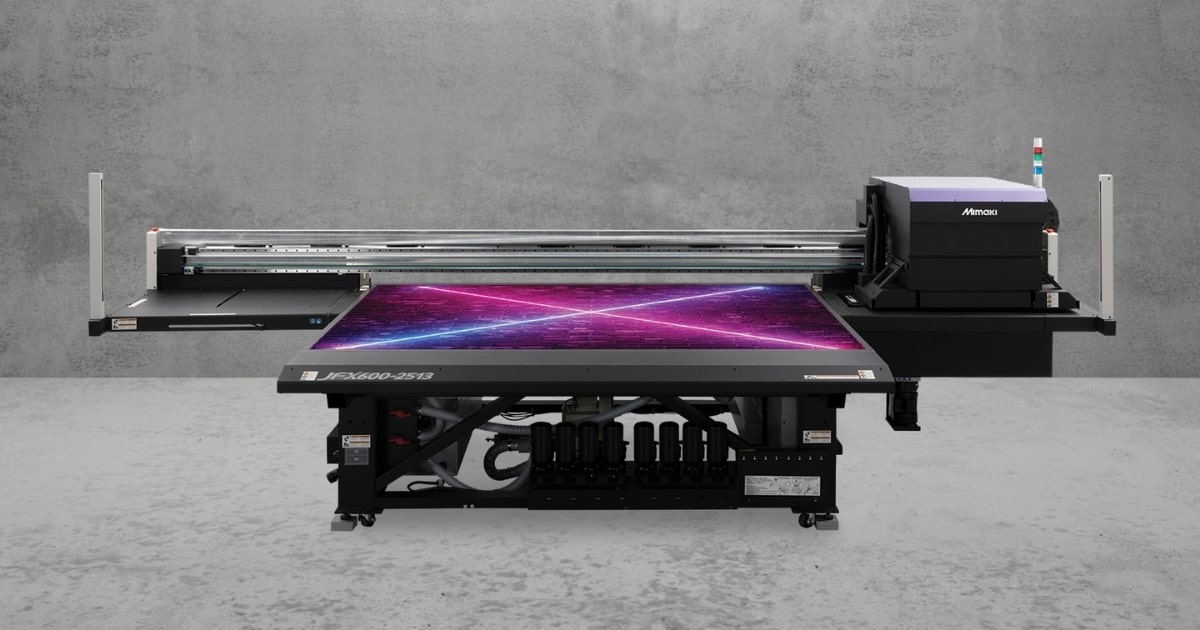BLOG: New Mimaki JFX600 raises the flatbed printing bar (again)
The recent announcement of Mimaki’s two new high-end flatbed LED UV printers has given us something very exciting to look forward to when they land on these shores later in the year, but in the meantime, it’s a great opportunity to reflect on how we’ve got here, through Mimaki’s enviable track record of delivering innovative, large format flatbeds.
With Mimaki’s first big flatbed printer shown at IPEX 2006 it was quite a departure for the company best known for its ground breaking textile, solvent and aqueous models. With a pioneering small format UV printer launched a year or two prior, Mimaki already had some traction in the sector, rapidly gaining a reputation for exceptionally high print quality at a time where UV printer output was not renowned for its high definition.
Subsequent years delivered generation after generation of advancements across every aspect of the technology. Consistently upping the productivity, quality and ease of use with each launch, a pivotal and comparatively recent release was the JFX200-2513; an 8’ x 4’ LED UV cure flatbed that swiftly became the biggest selling model on the market.
A pioneer of LED UV technology, Mimaki has built its UV flatbed and roll-to-roll ranges around the cold cure lamp technology for well over a decade. With considerable environmental, production and cost saving benefits, what is now considered the norm was developed extensively by Mimaki at a time when almost every other manufacturer persisted with expensive and unwieldy metal halide lamps. Just one example of Mimaki’s forward-thinking approach to product design, we now see the Japanese manufacturer embracing Industry 4.0 with significant focus on robotics, automation and other technologies designed to reduce human intervention, maximise productivity and minimise wasted time and materials.
With the new JFX600-2513 capable of printing an 8’ x 4’ board in under a minute, the productivity pinch points cease to be the print element, hence the focus from Mimaki on investigating other areas of the process such as communicating with loading and unloading robotics. Headline speeds aren’t the only reason for the interest and excitement around the new JFX550 and 600 models though; with an unrivalled ink range, their suitability for almost every conceivable UV printing application is guaranteed, with 5 different levels of flexible inks available for both models.
In real world terms, this means the optimum ink can be specified to suit a print company’s target work, so for businesses focussed on rigid signage, the durable and scratch resistant LH100 ink may be most suitable, whereas a business specialising in printing onto more pliable substrates would benefit from an ink such as Mimaki’s LUS-150 option, that contains a high degree of flexibility.
The ability to choose not just inks, but bed size and productivity requirements means Mimaki’s comprehensive flatbed range (that extends from A3 models right up to 10’ x 5’ solutions) offers an unparalleled choice that ensures businesses can specify the most appropriate system for their needs, that’s still scalable and flexible enough to adapt should they evolve. The arrival of the new JFX550 and JFX600 give us very special solutions at the sharp end of the range, but the technology found on the new high production models rapidly cascades down to the rest of the line-up, with the A3 and A2 UJFs sporting features found on previous high end industrial solutions.
We’re looking forward to raising the flatbed printing bar again when we launch the new JFX550 and JFX600 printers later this year – but until then, the extensive options across the Mimaki range offer impressive, sector-defining features, production and creativity, providing businesses with industry proven flatbed technology that’s capable of elevating any company’s print output.


